Tussilago farfara
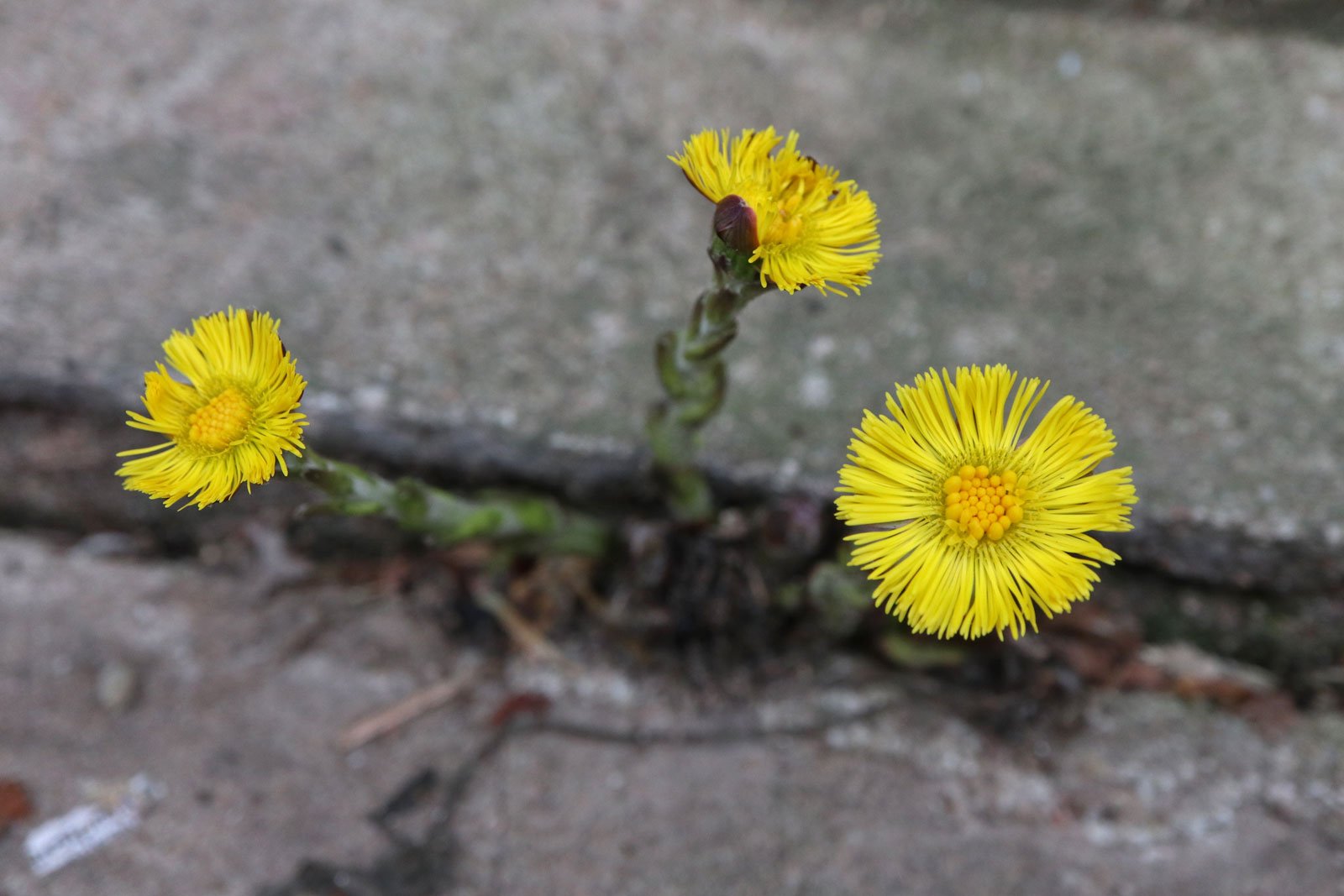
Description
Coltsfoot (Tussilago farfara) is a perennial deciduous plant. Its flowers appear before the leaves, the flowering period can start as early as February and last until May.
It spreads by runners and seeds. This member of the Daisy family grows between 10 and 30 centimeters high.
It can also be found in urban areas. Some of the photos shown here were taken in front of my home, where coltsfoot has been blooming and thriving in front of the wall for several years.

Countries
The natural range of coltsfoot covers most European countries and extends to North Africa and tropical Asia (India). In Iceland, New Zealand and North America it grows as a naturalized species.
Northern Europe: Denmark, Finland, Great Britain, Ireland, Norway, Sweden
Central Europe: Belgium, Germany, Netherlands, Austria, Poland, Slovakia, Switzerland, Czech Republic, Hungary
Eastern Europe: Belarus, Estonia, Latvia, Lithuania, Moldova, Russia, Ukraine
Southeast Europe: Albania, Bosnia and Herzegovina, Bulgaria, Croatia, Greece, Italy, Macedonia, Montenegro, Romania, Serbia, Slovenia
South West Europe: France, Portugal, Spain
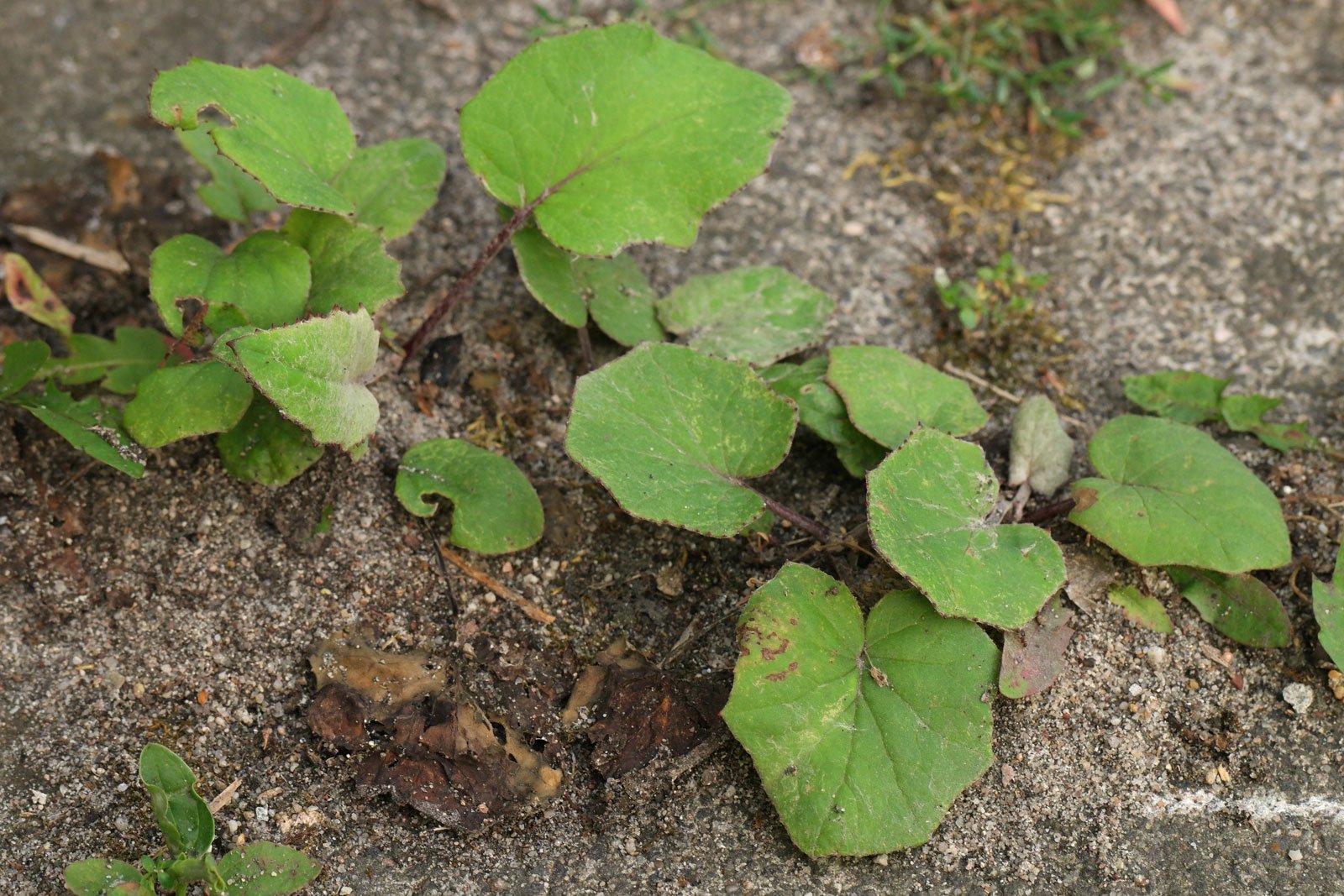
Uses
Coltsfoot is used as a medicinal plant, for example for colds or viral infects.

Pollinators
Tussilago farfara is pollinated by wild bees, honey bees, flies and beetles.

Common names
Dutch
Klein hoefblad
French
Tussilage, Pas-d’Âne
German
Huflattich
Italian
Tossilaggine comune
Portuguese
Tussilagem, unha-de-cavalo, unha-de-asno
Spanish
Uña de caballo, tusílago, fárfara, pie de mulo, pata de mula

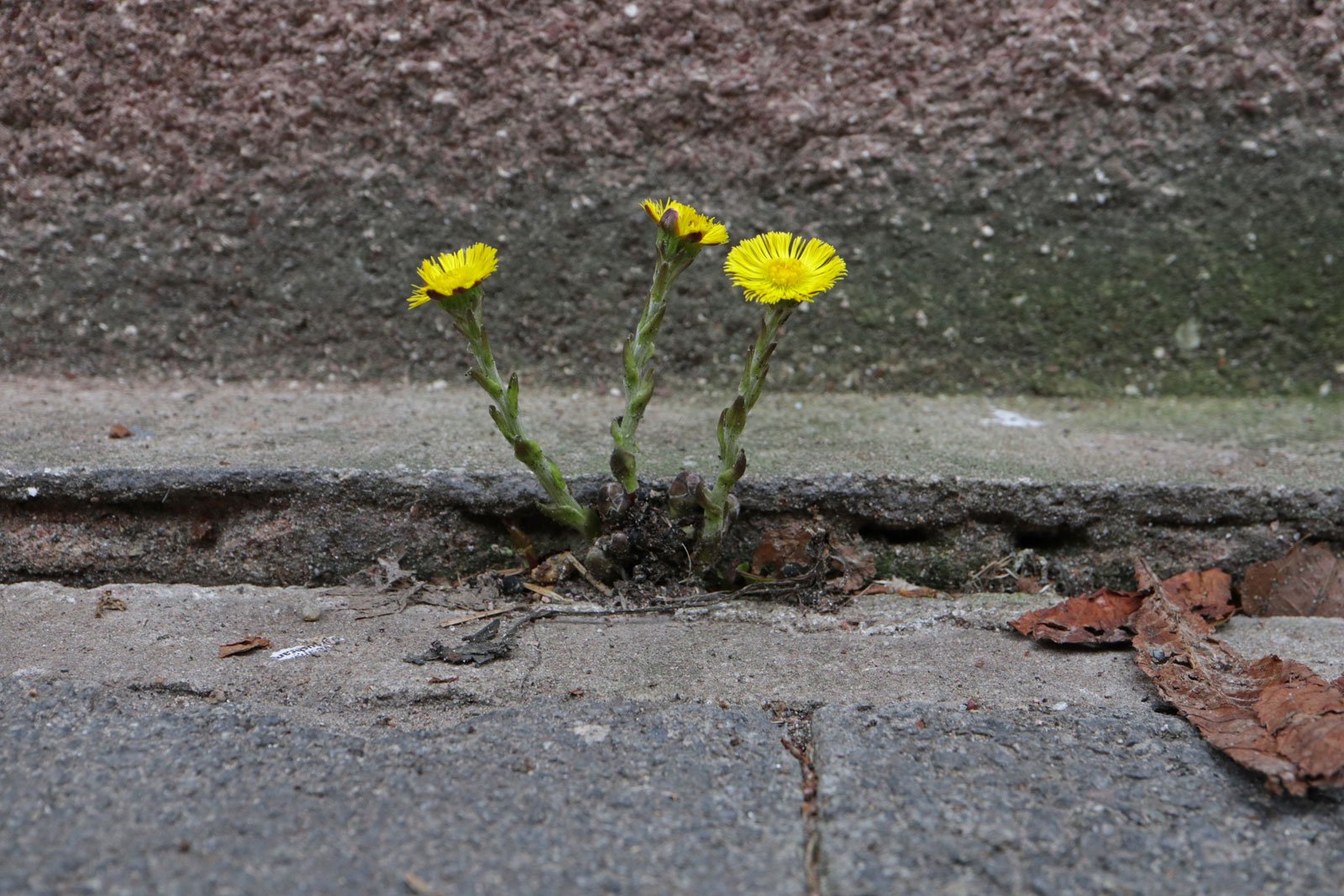
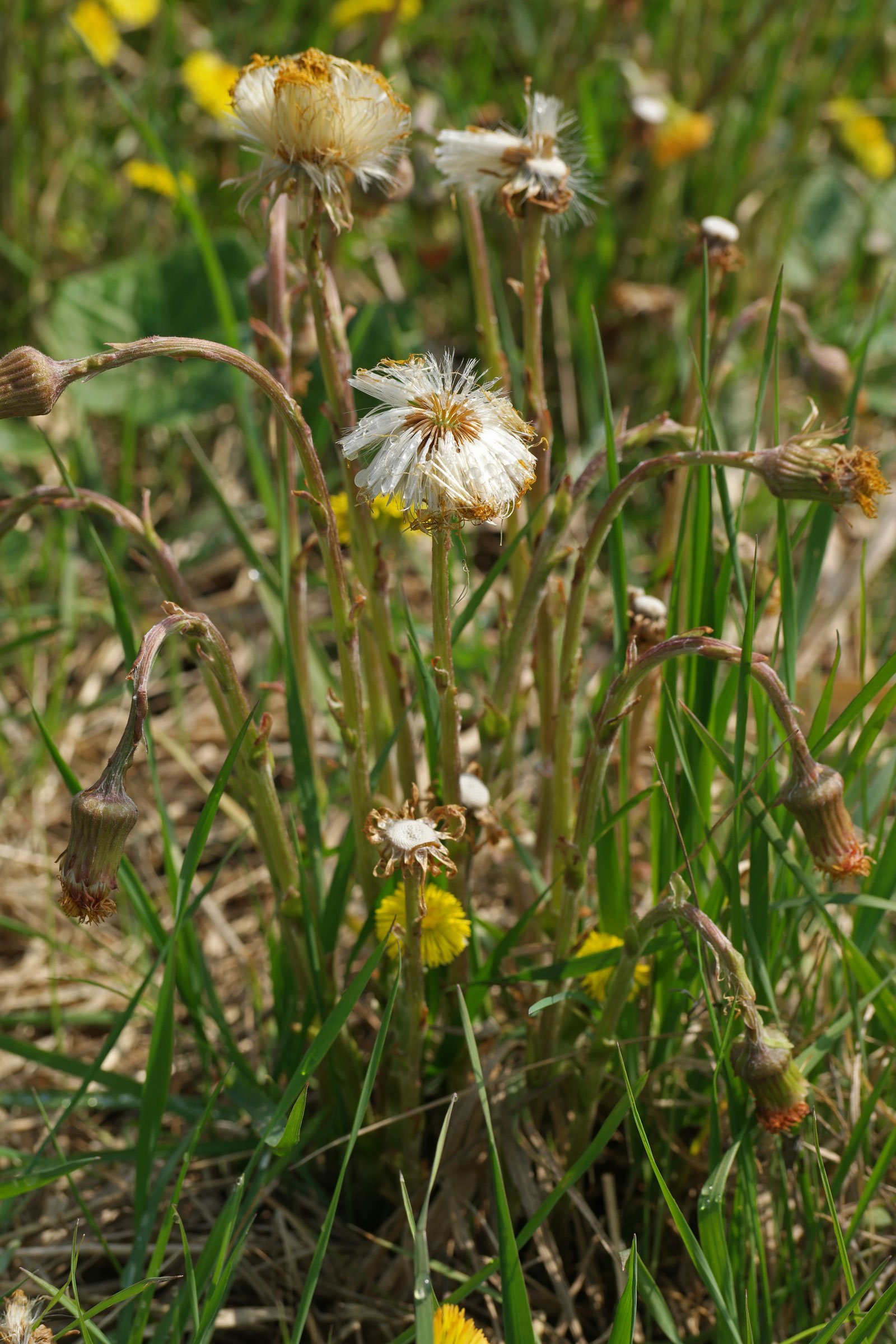
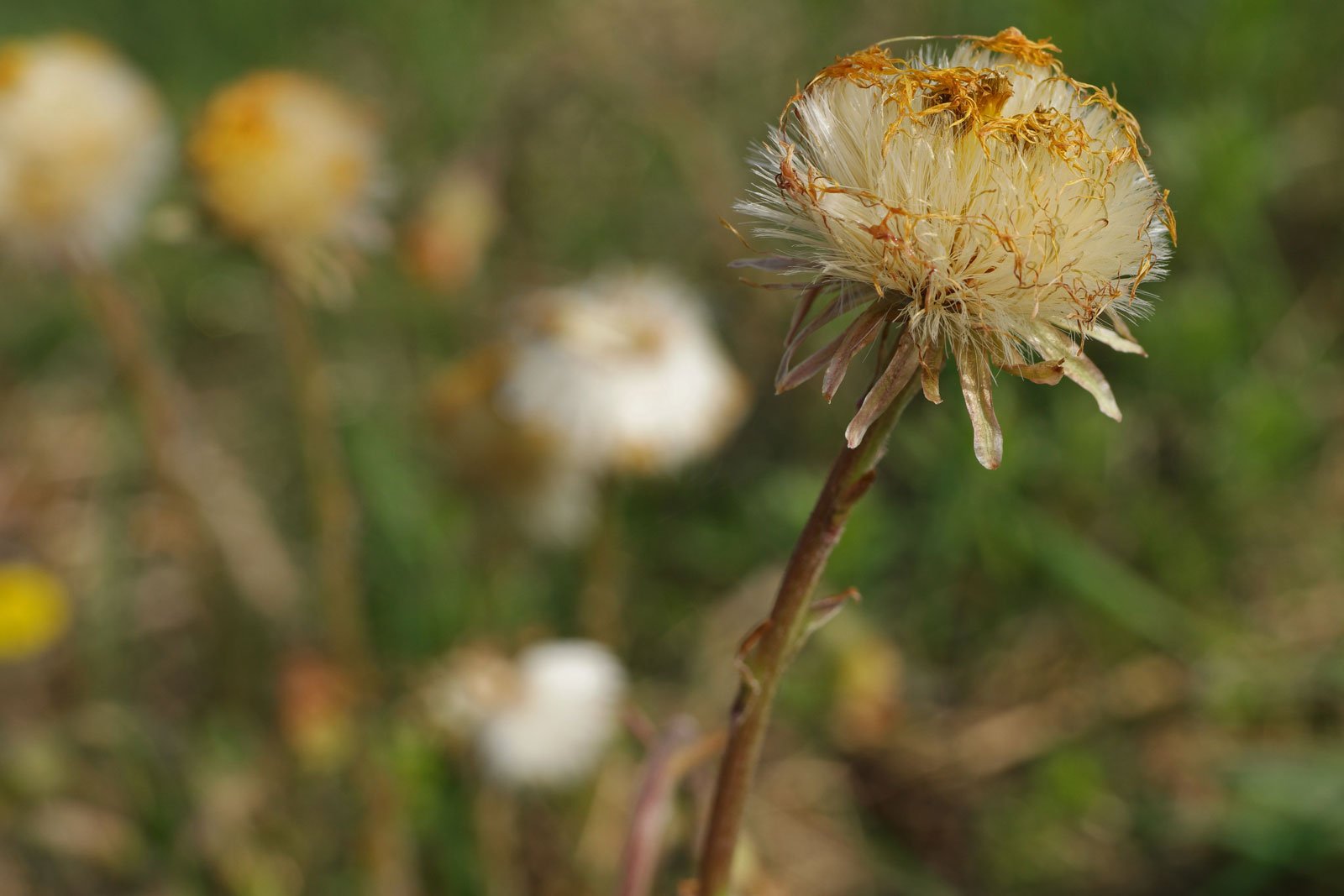
Categories: Wildflowers | Yellow & Orange Flowers |

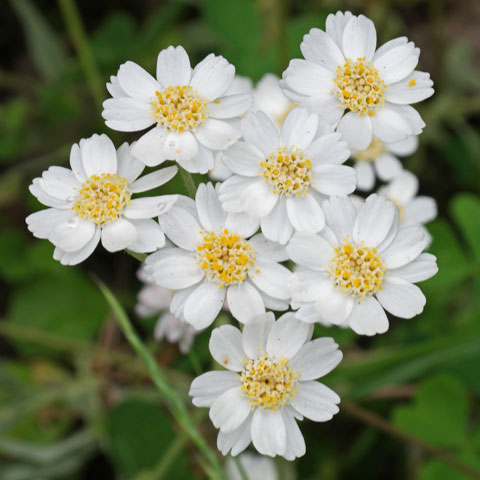 Achillea ageratifolia
Achillea ageratifolia Achillea clypeolata “Schwellenburg”
Achillea clypeolata “Schwellenburg” Achillea filipendulina
Achillea filipendulina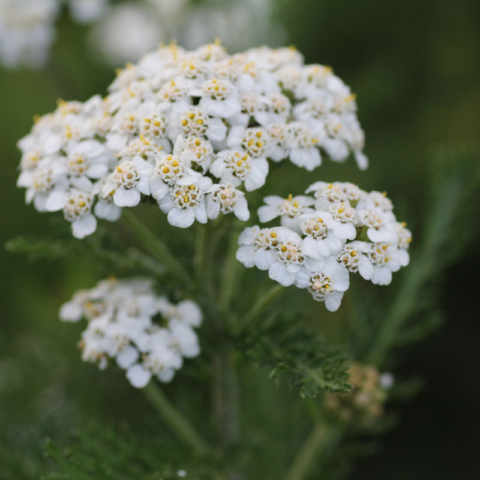 Achillea millefolium
Achillea millefolium Acmella oleracea
Acmella oleracea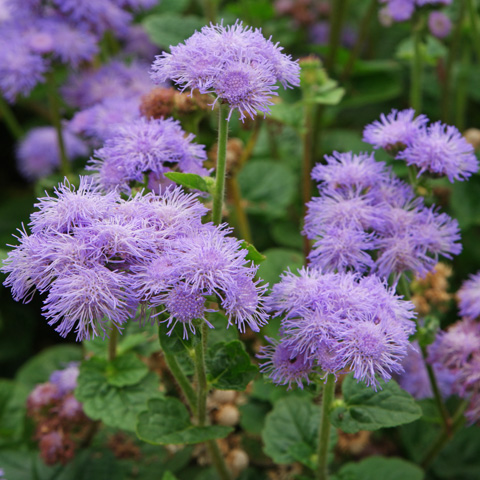 Ageratum houstonianum
Ageratum houstonianum Ajania pacifica
Ajania pacifica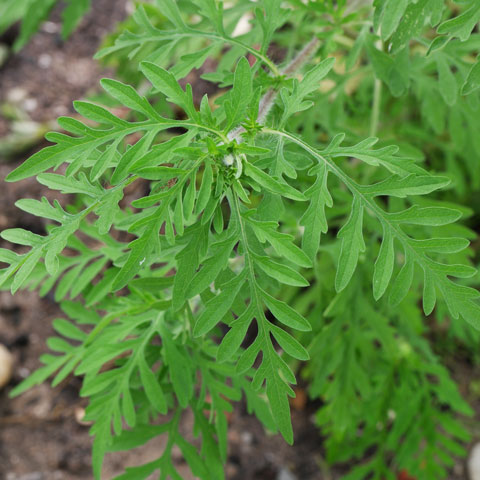 Ambrosia artemisiifolia
Ambrosia artemisiifolia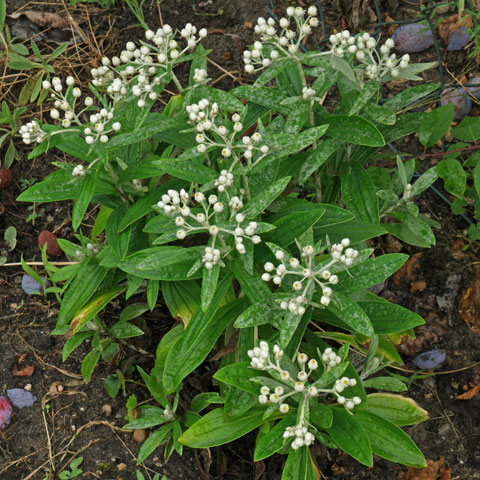 Anaphalis triplinervis “Silberregen”
Anaphalis triplinervis “Silberregen”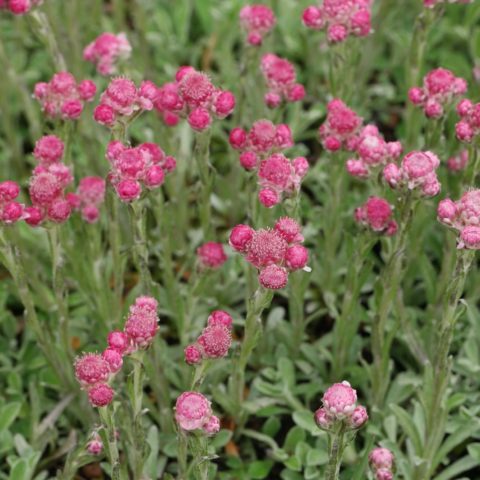 Antennaria dioica
Antennaria dioica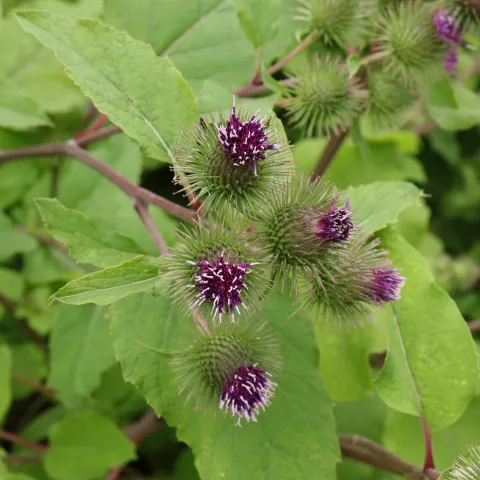 Arctium nemorosum
Arctium nemorosum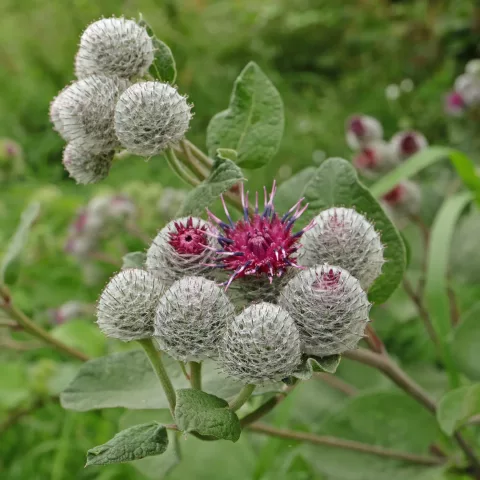 Arctium tomentosum
Arctium tomentosum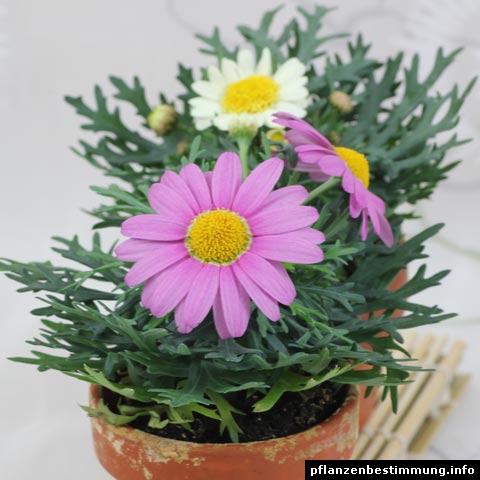 Argyranthemum frutescens
Argyranthemum frutescens Arnica chamissonis
Arnica chamissonis Artemisia absinthium
Artemisia absinthium Artemisia vulgaris
Artemisia vulgaris Bellis perennis
Bellis perennis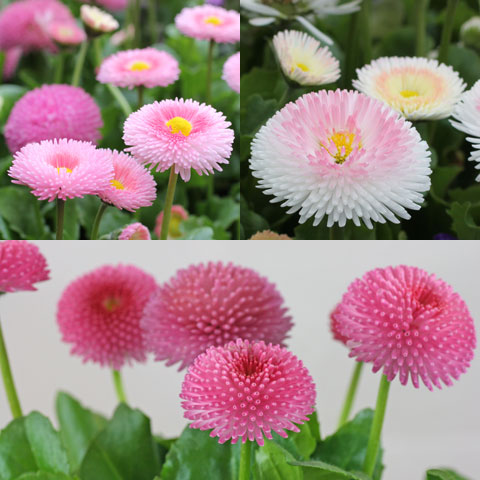 Bellis perennis cv.
Bellis perennis cv.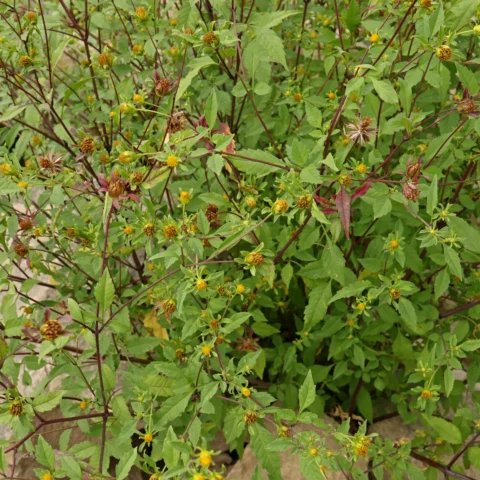 Bidens frondosa
Bidens frondosa Black Salsify
Black Salsify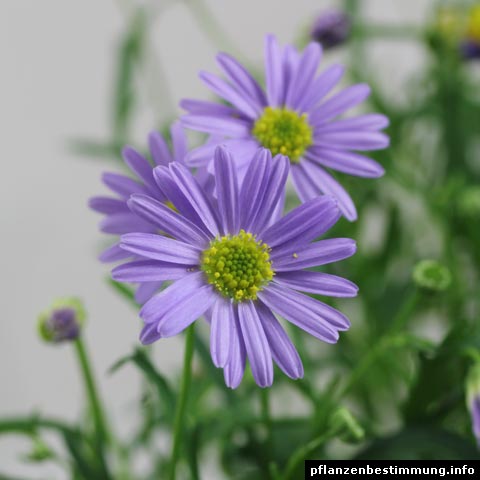 Brachyscome iberidifolia
Brachyscome iberidifolia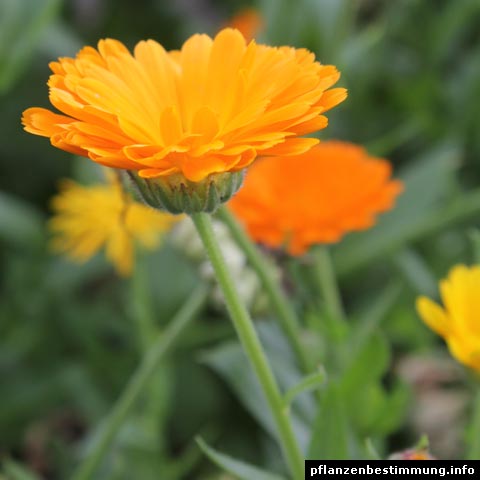 Calendula officinalis
Calendula officinalis Callistephus chinensis
Callistephus chinensis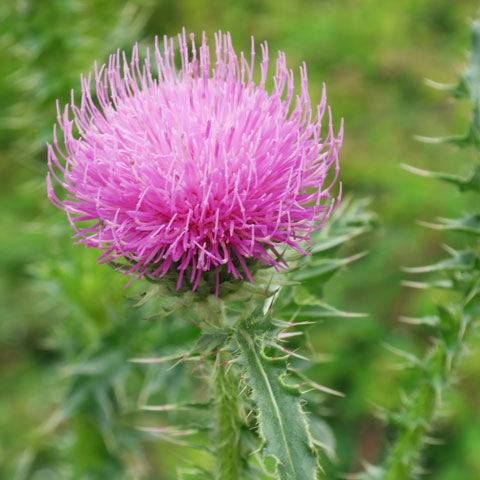 Carduus acanthoides
Carduus acanthoides Carduus nutans
Carduus nutans Carlina acaulis
Carlina acaulis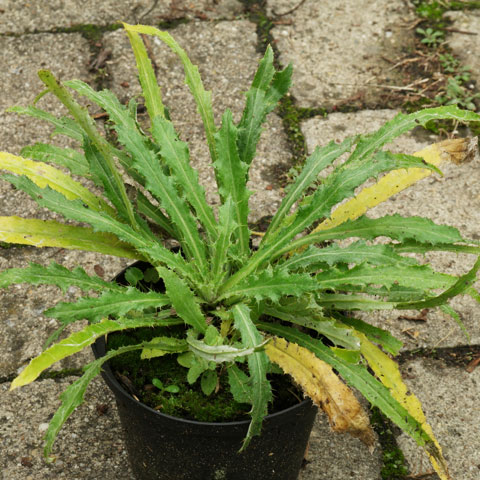 Carlina vulgaris
Carlina vulgaris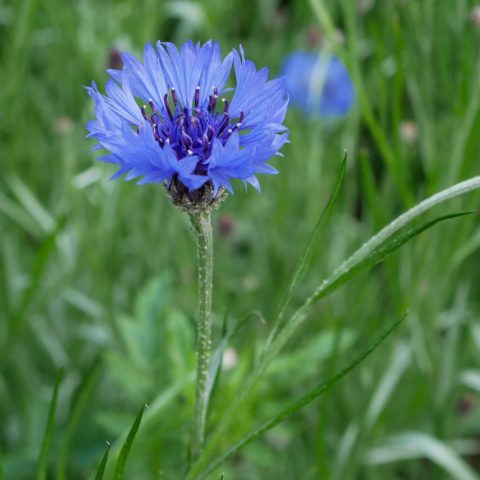 Centaurea cyanus
Centaurea cyanus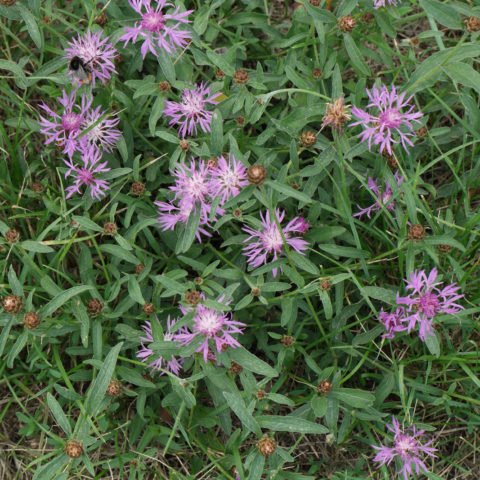 Centaurea jacea
Centaurea jacea Centaurea montana
Centaurea montana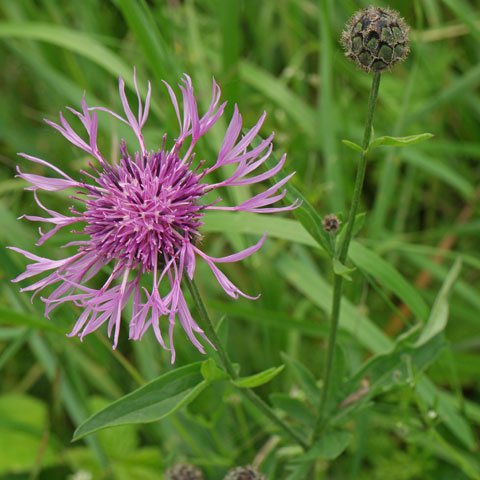 Centaurea scabiosa
Centaurea scabiosa Chondrilla juncea
Chondrilla juncea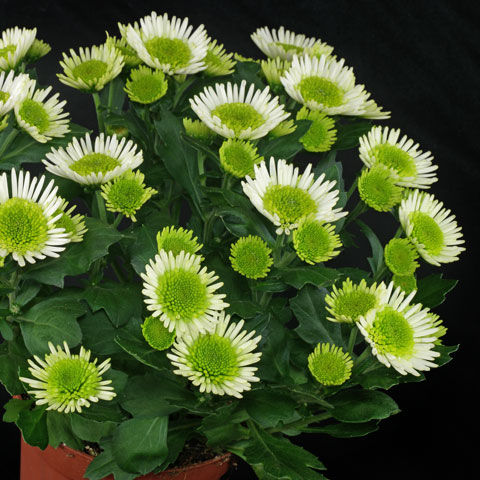 Chrysanthemum “Splash Meadow”
Chrysanthemum “Splash Meadow”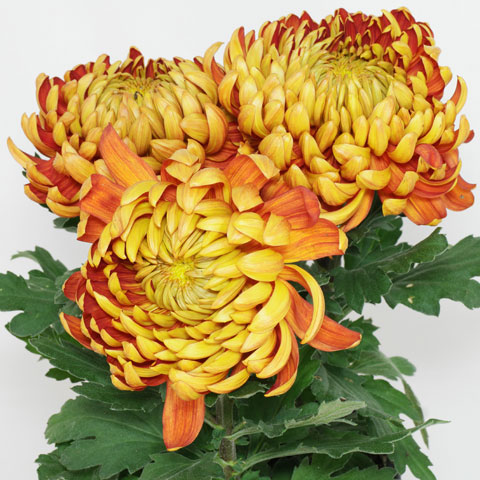 Chrysanthemum cv.
Chrysanthemum cv. Chrysanthemum indicum hybrids
Chrysanthemum indicum hybrids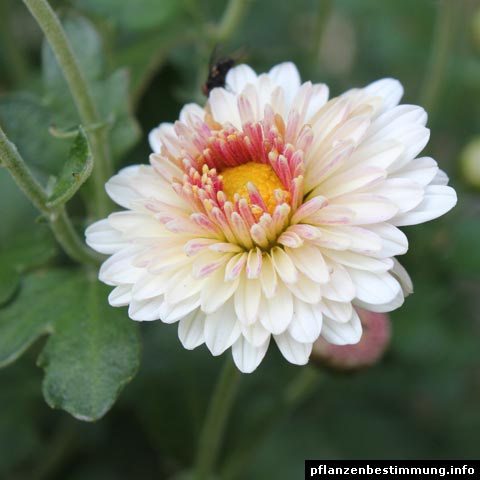 Chrysanthemum x indicum “Julia”
Chrysanthemum x indicum “Julia”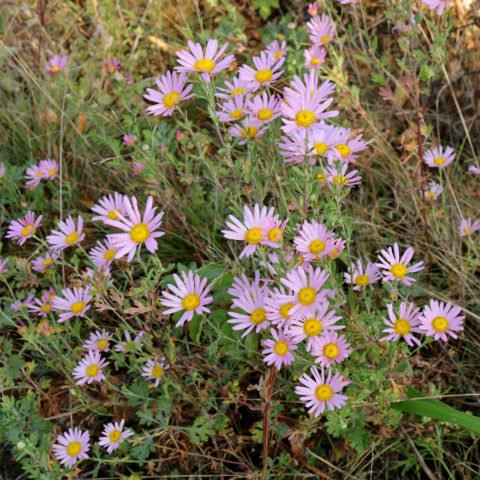 Chrysanthemum zawadskii “Clara Curtis”
Chrysanthemum zawadskii “Clara Curtis”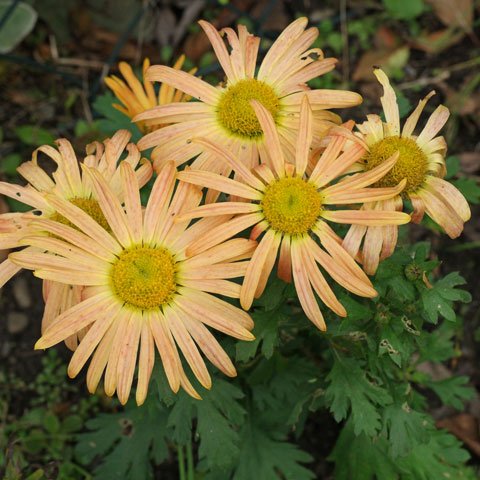 Chrysanthemum zawadskii “Mary Stoker”
Chrysanthemum zawadskii “Mary Stoker”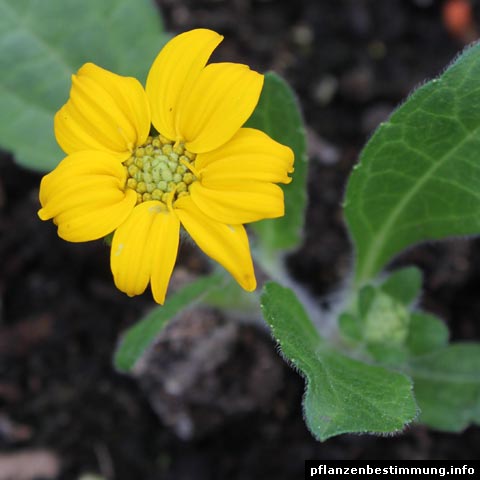 Chrysogonum virginianum
Chrysogonum virginianum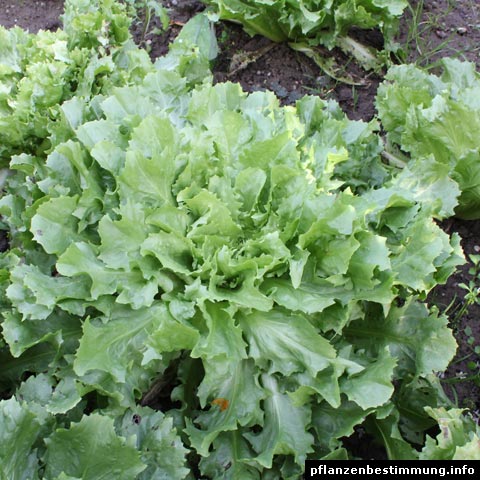 Cichorium endivia
Cichorium endivia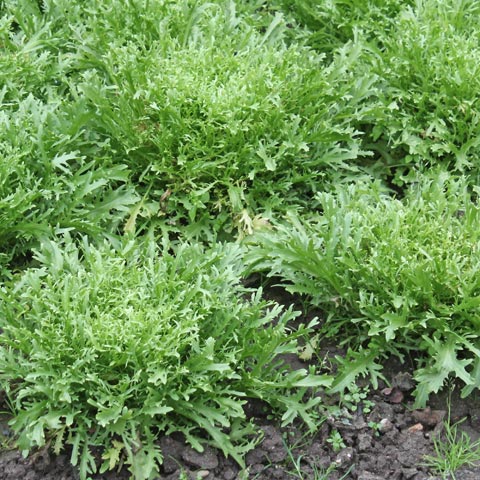 Cichorium endivia var. crispum
Cichorium endivia var. crispum Cichorium intybus
Cichorium intybus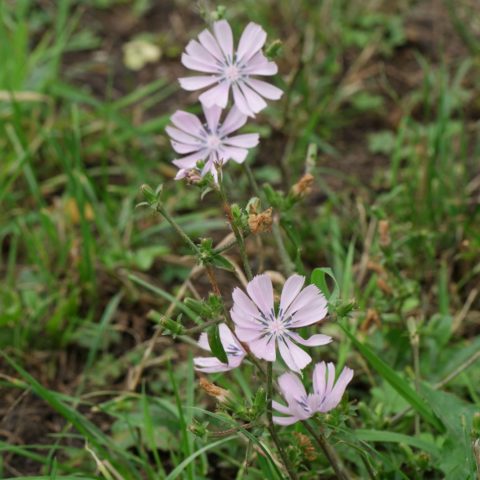 Cichorium intybus
Cichorium intybus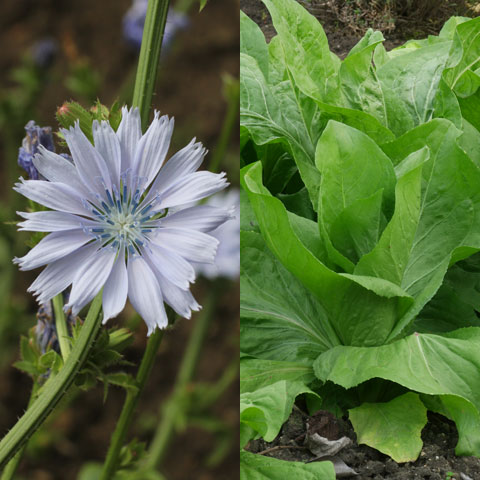 Cichorium intybus var. foliosum
Cichorium intybus var. foliosum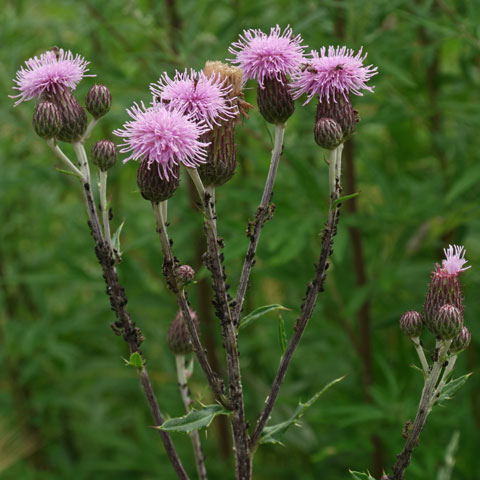 Cirsium arvense
Cirsium arvense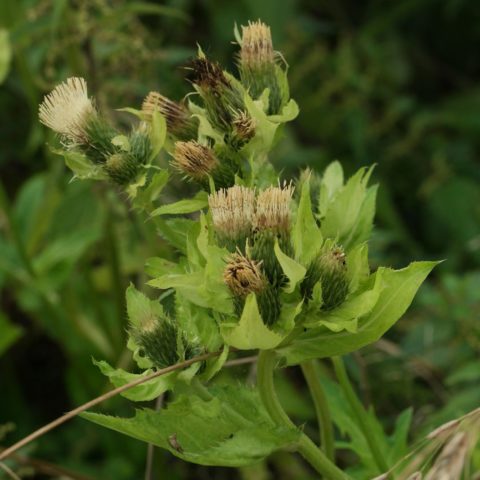 Cirsium oleraceum
Cirsium oleraceum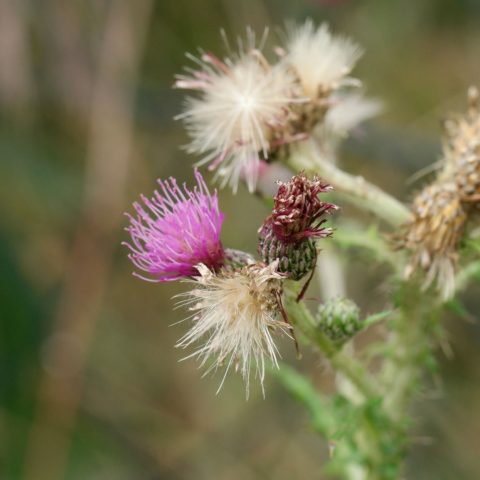 Cirsium palustre
Cirsium palustre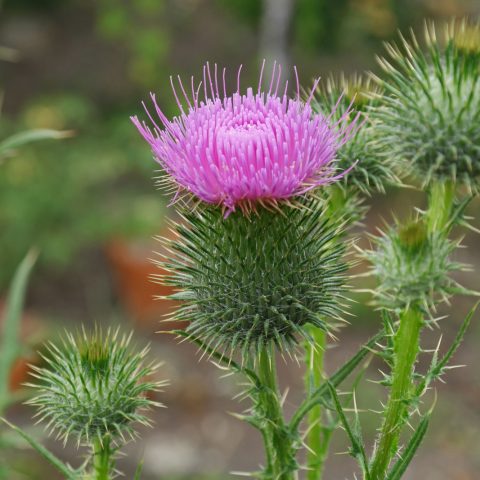 Cirsium vulgare
Cirsium vulgare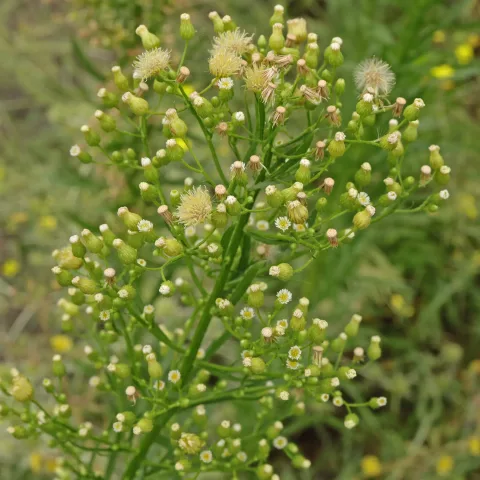 Conyza canadensis
Conyza canadensis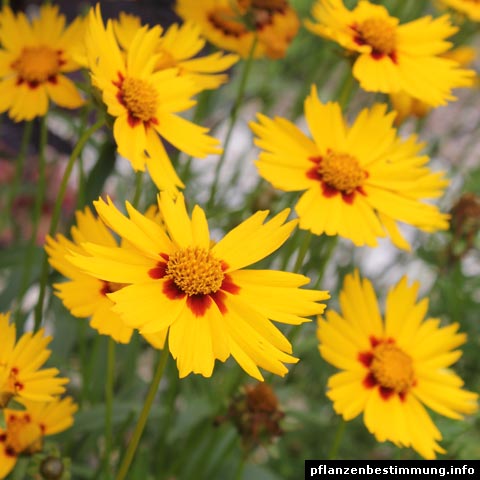 Coreopsis grandiflora
Coreopsis grandiflora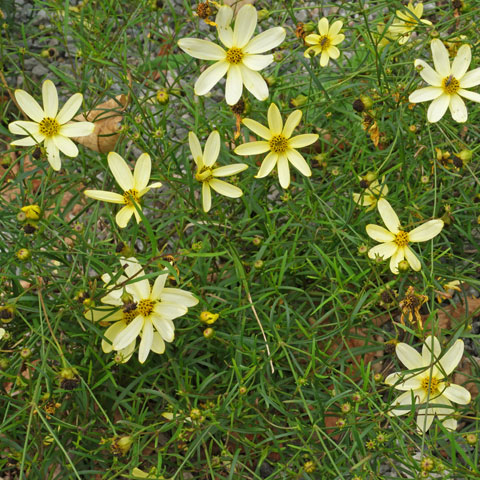 Coreopsis verticillata “Moonbeam”
Coreopsis verticillata “Moonbeam”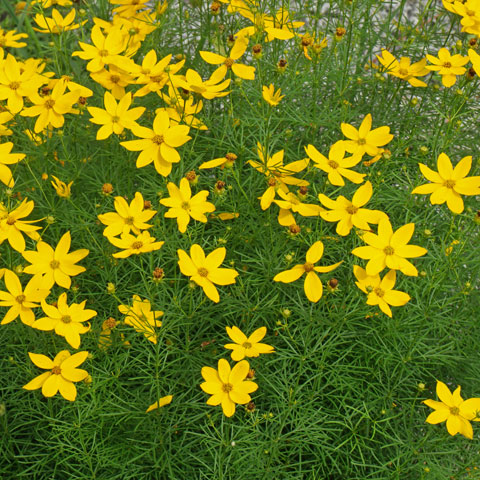 Coreopsis verticillata cv.
Coreopsis verticillata cv. Cosmos bipinnatus cv.
Cosmos bipinnatus cv.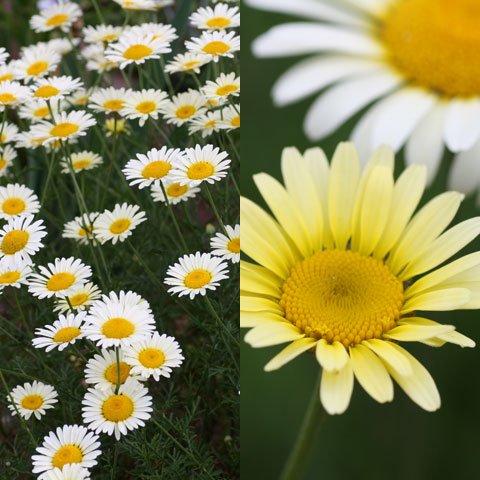 Cota tinctoria “Lemon Ice”
Cota tinctoria “Lemon Ice” Cota tinctoria cv.
Cota tinctoria cv.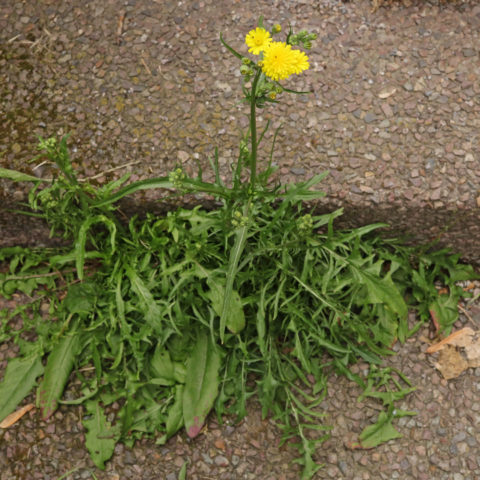 Crepis capillaris
Crepis capillaris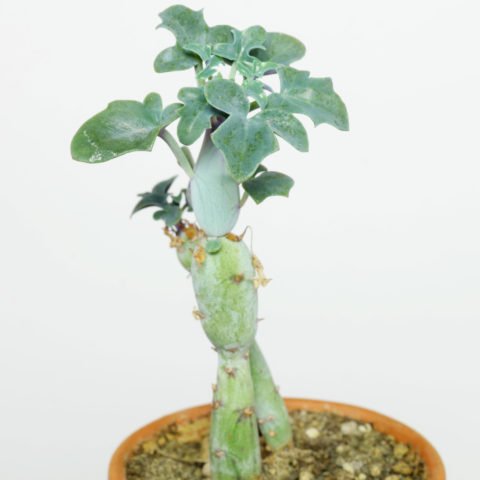 Curio articulatus
Curio articulatus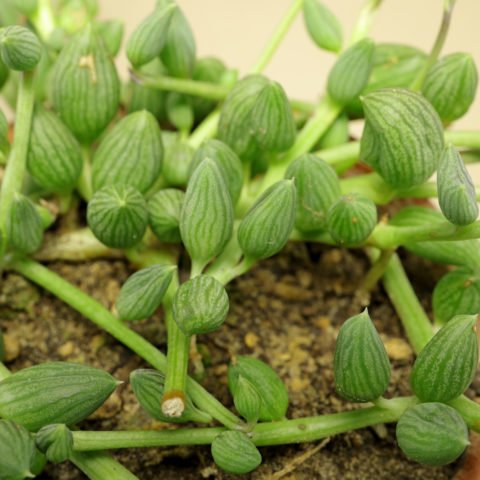 Curio citriformis
Curio citriformis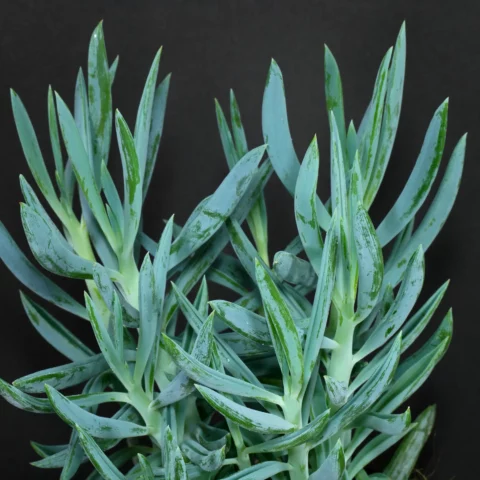 Curio ficoides
Curio ficoides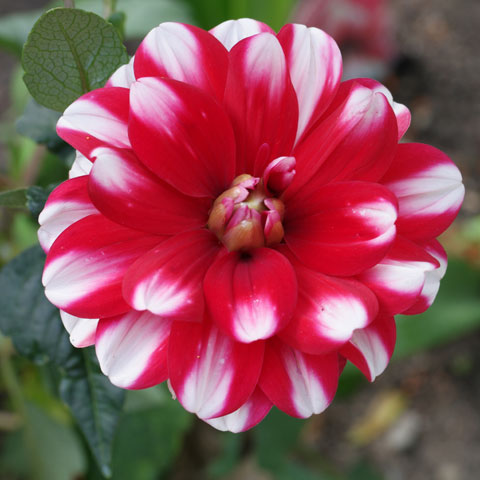 Dahlia “Duet”
Dahlia “Duet”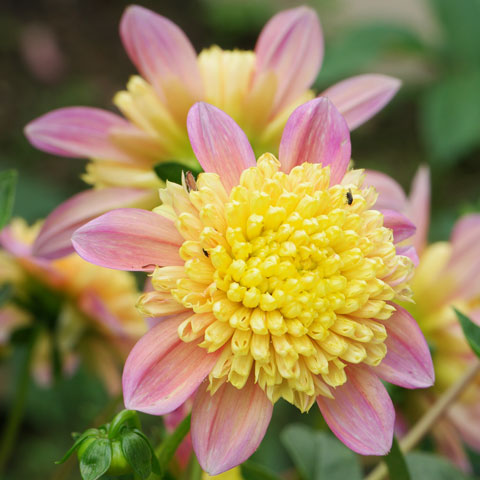 Dahlia “Honey”
Dahlia “Honey”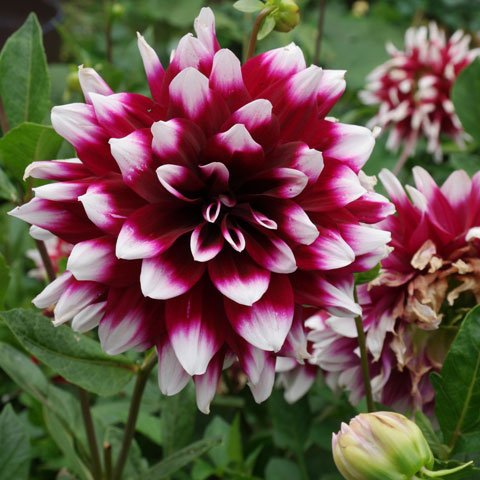 Dahlia “Mystery Day”
Dahlia “Mystery Day”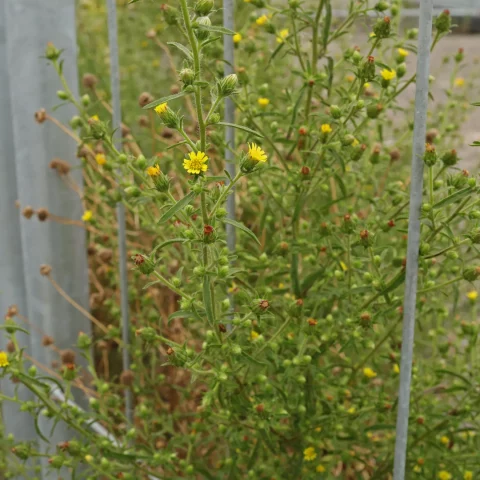 Dittrichia graveolens
Dittrichia graveolens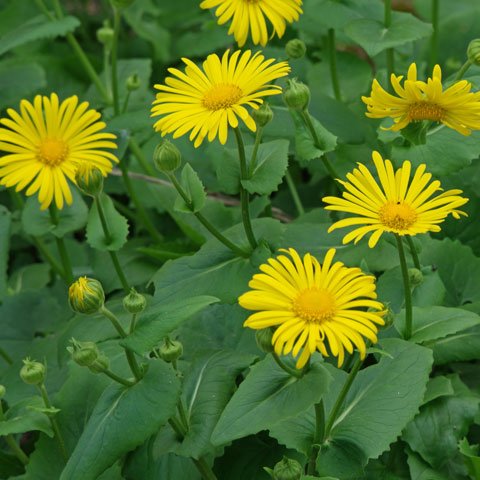 Doronicum orientale
Doronicum orientale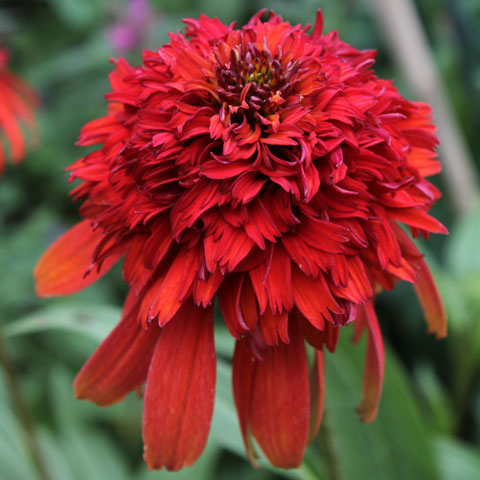 Echinacea “Hot Papaya”
Echinacea “Hot Papaya” Echinacea cv.
Echinacea cv.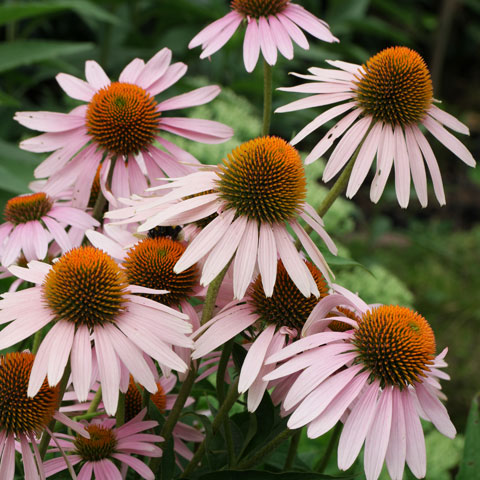 Echinacea purpurea
Echinacea purpurea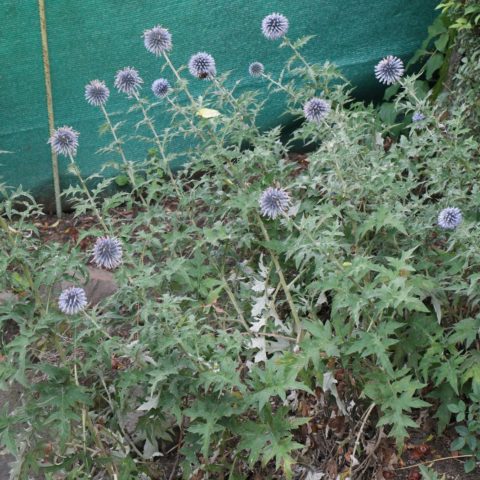 Echinops bannaticus
Echinops bannaticus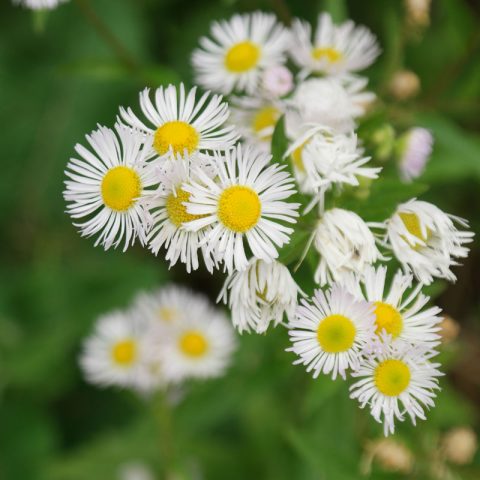 Erigeron annuus
Erigeron annuus Erigeron bonariensis
Erigeron bonariensis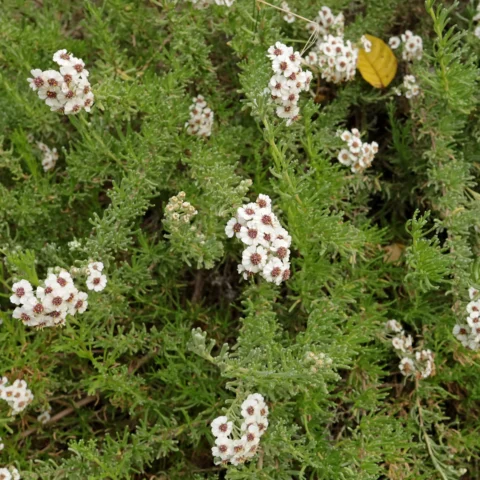 Eriocephalus africanus
Eriocephalus africanus Eupatorium cannabinum
Eupatorium cannabinum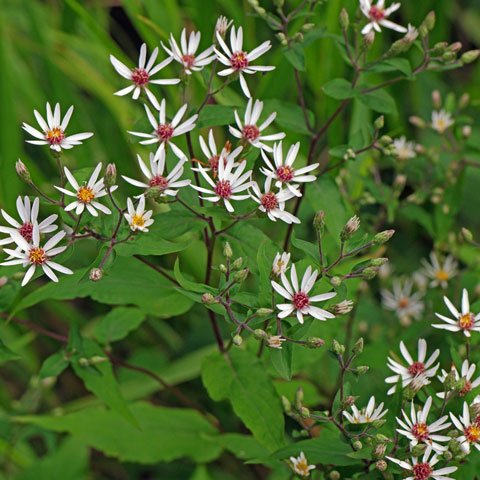 Eurybia divaricata
Eurybia divaricata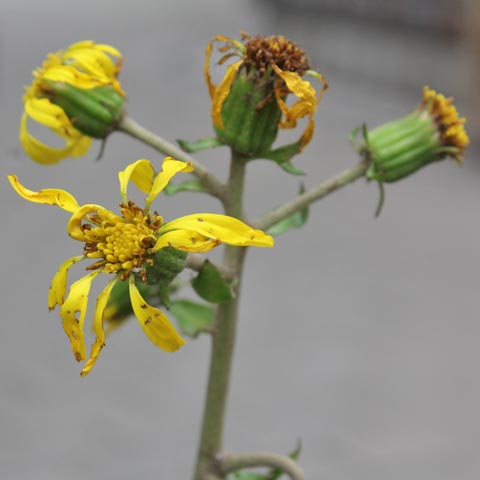 Farfugium japonicum
Farfugium japonicum Felicia amelloides
Felicia amelloides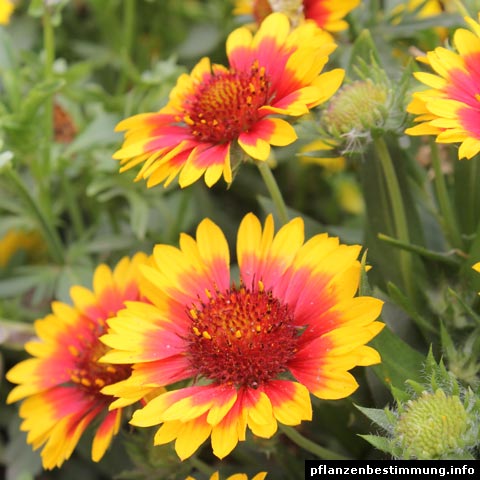 Gaillardia aristata “Arizona Sun”
Gaillardia aristata “Arizona Sun” Galinsoga parviflora
Galinsoga parviflora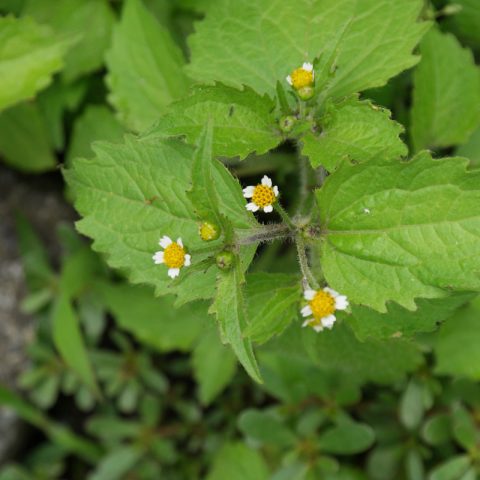 Galinsoga quadriradiata
Galinsoga quadriradiata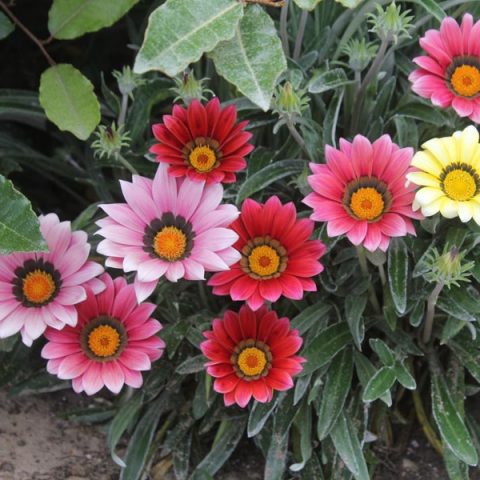 Gazania hybrids
Gazania hybrids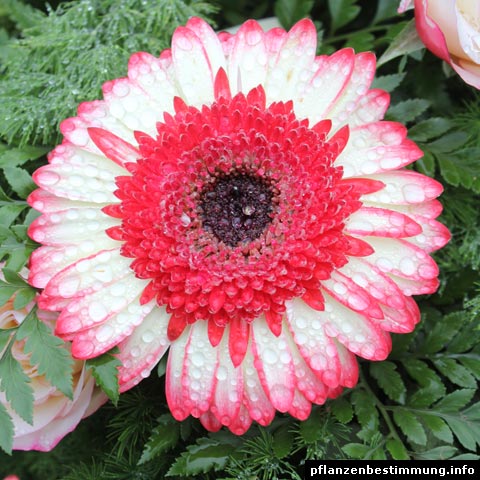 Gerbera sp.
Gerbera sp. Gerbera × hybrida
Gerbera × hybrida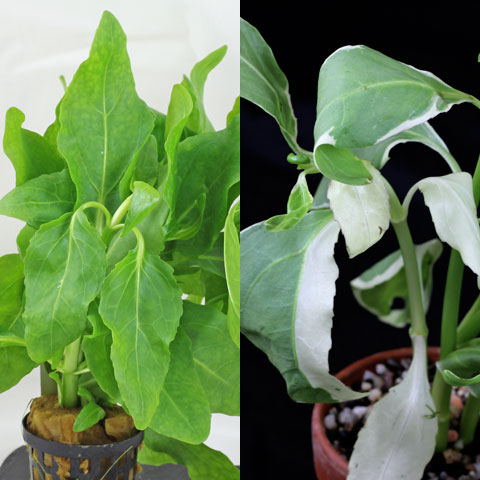 Gymnocoronis spilanthoides
Gymnocoronis spilanthoides Gynura aurantiaca
Gynura aurantiaca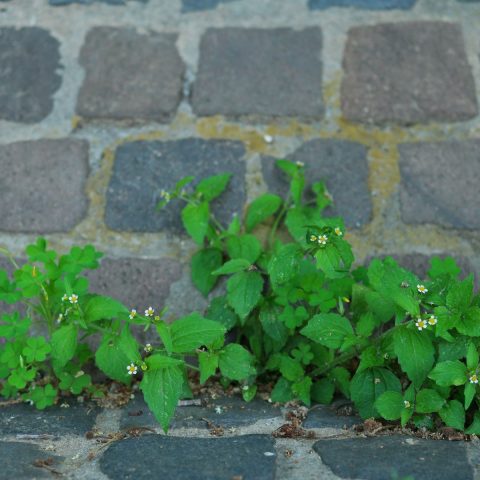 Hairy Galinsoga, Shaggy Soldier
Hairy Galinsoga, Shaggy Soldier Helenium autumnale
Helenium autumnale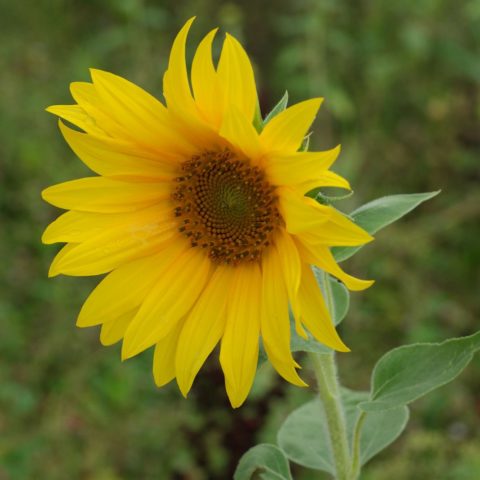 Helianthus annuus cv.
Helianthus annuus cv.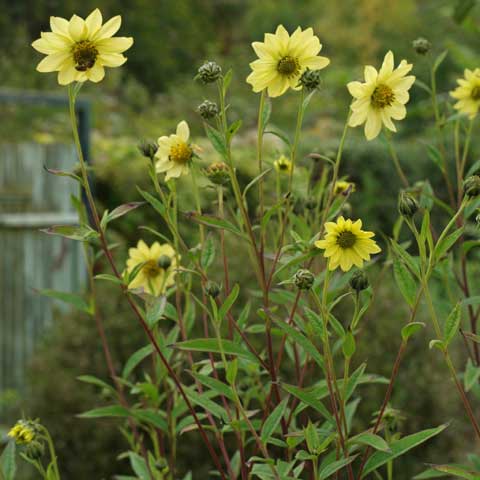 Helianthus giganteus “Sheila’s Sunshine”
Helianthus giganteus “Sheila’s Sunshine”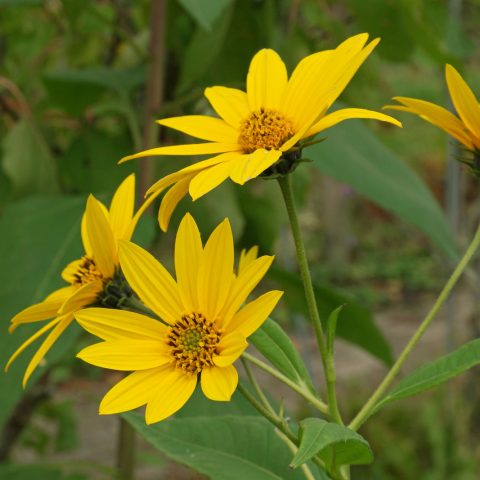 Helianthus tuberosus
Helianthus tuberosus Helminthotheca echioides
Helminthotheca echioides Hieracium murorum
Hieracium murorum Hieracium pilosella
Hieracium pilosella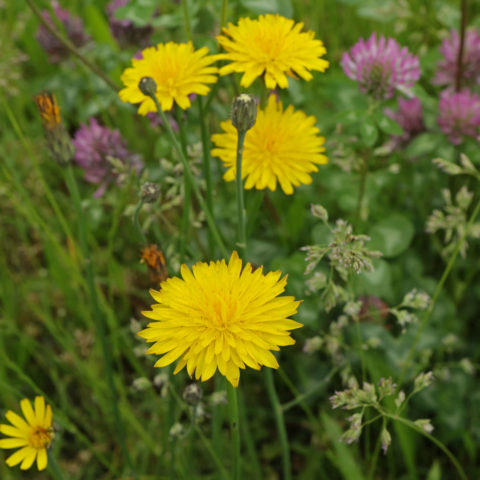 Hypochaeris radicata
Hypochaeris radicata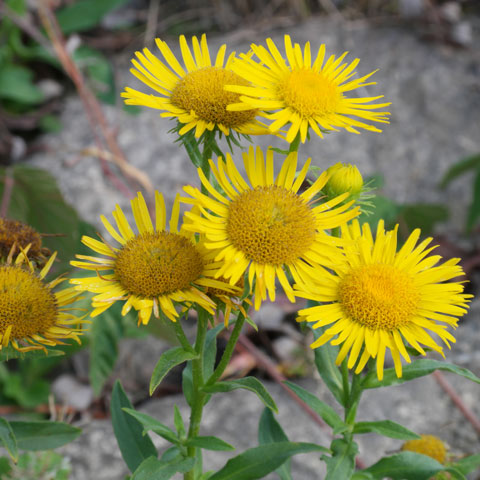 Inula britannica
Inula britannica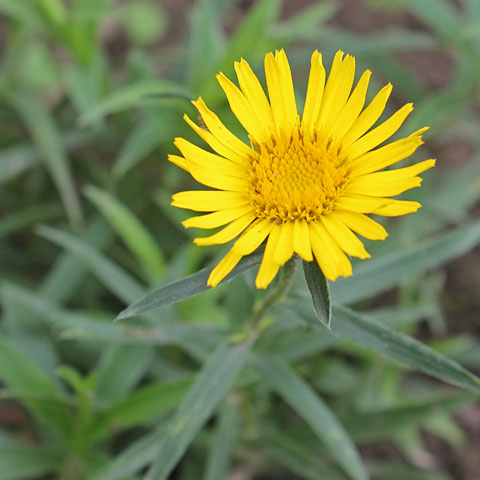 Inula ensifolia
Inula ensifolia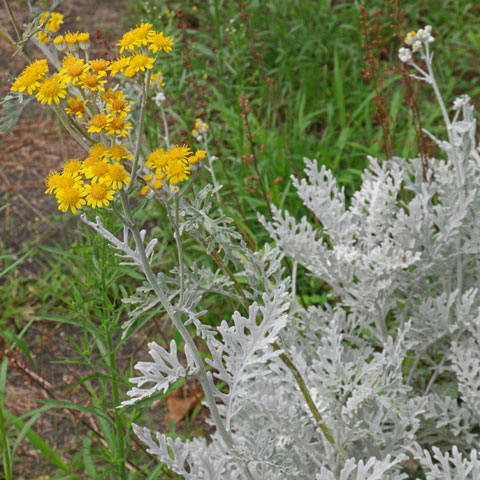 Jacobaea maritima
Jacobaea maritima Jacobaea vulgaris
Jacobaea vulgaris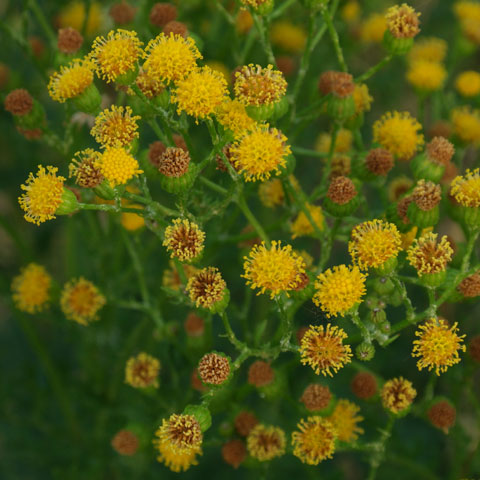 Jacobaea vulgaris ssp. dunensis
Jacobaea vulgaris ssp. dunensis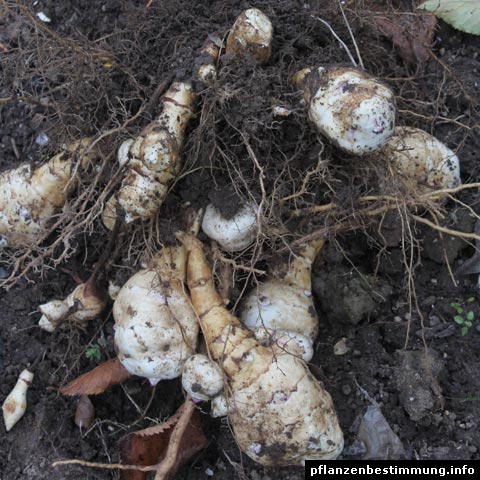 Jerusalem Artichoke
Jerusalem Artichoke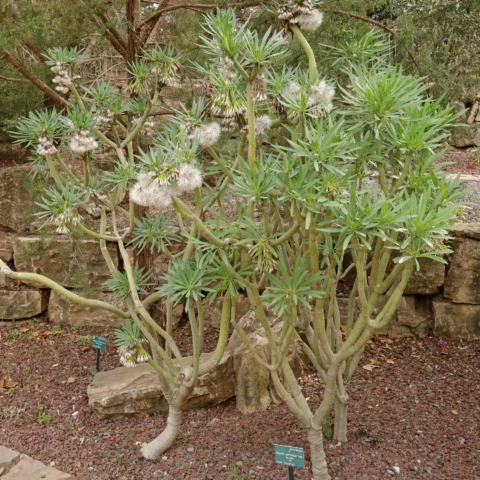 Kleinia neriifolia
Kleinia neriifolia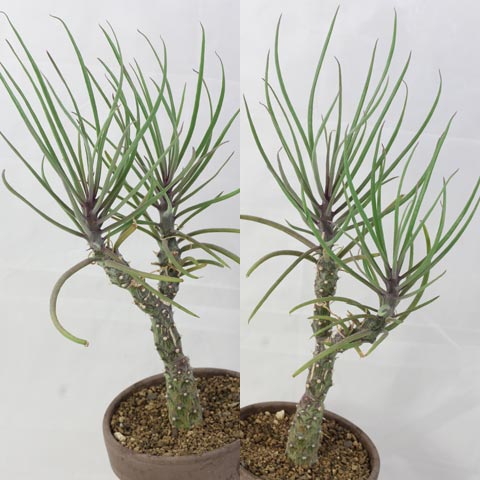 Kleinia patriciae
Kleinia patriciae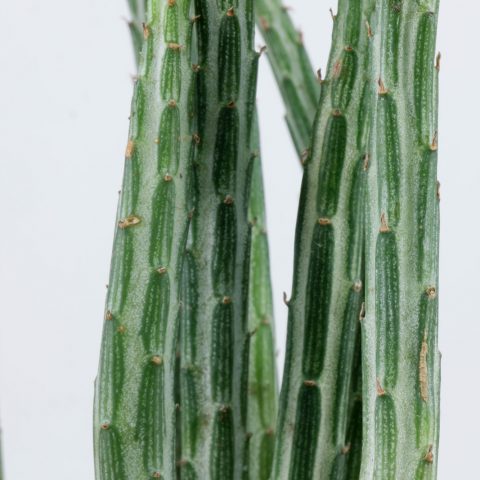 Kleinia stapeliiformis
Kleinia stapeliiformis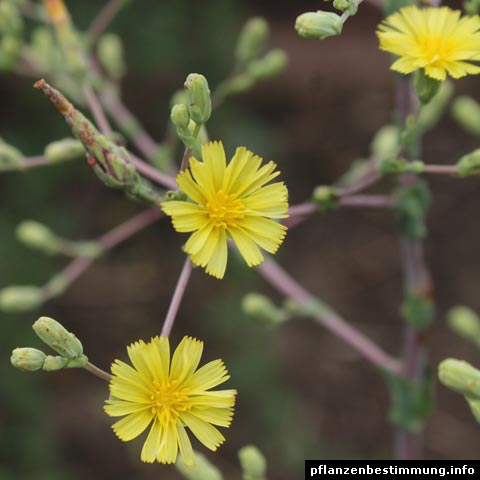 Lactuca sativa
Lactuca sativa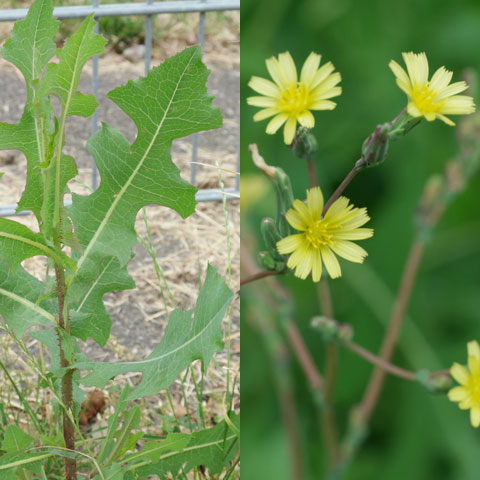 Lactuca serriola
Lactuca serriola Lactuca tatarica
Lactuca tatarica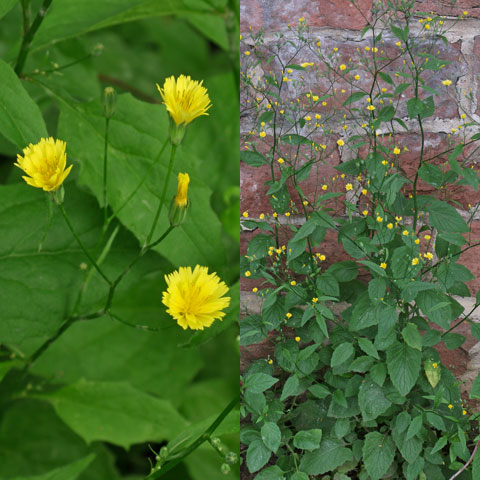 Lapsana communis
Lapsana communis Leaf Chicory
Leaf Chicory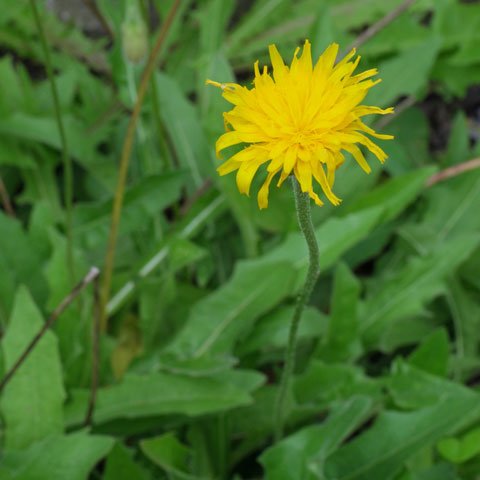 Leontodon hispidus
Leontodon hispidus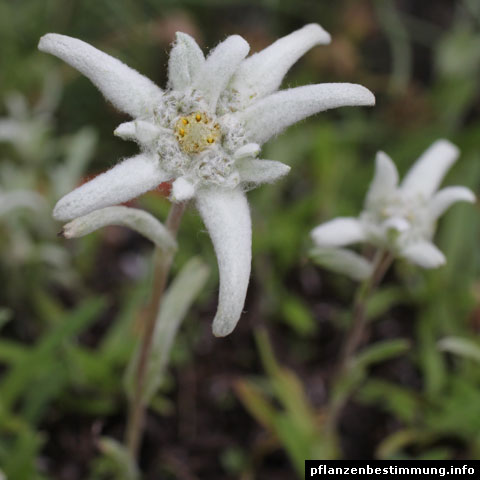 Leontopodium souliei
Leontopodium souliei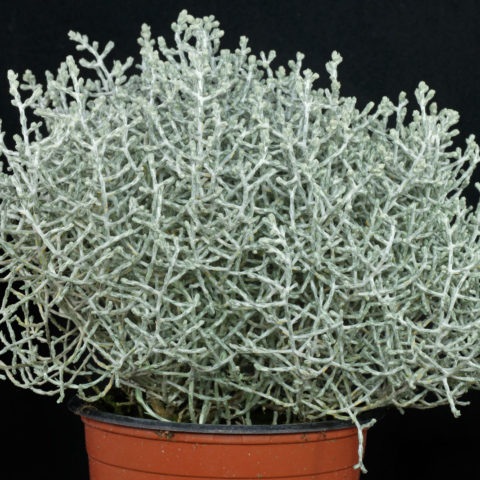 Leucophyta brownii
Leucophyta brownii Liatris spicata
Liatris spicata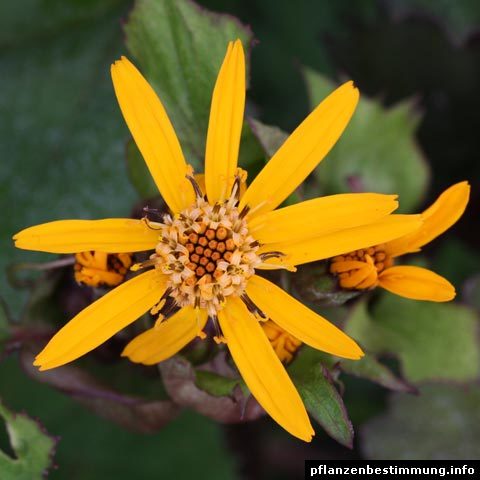 Ligularia dentata
Ligularia dentata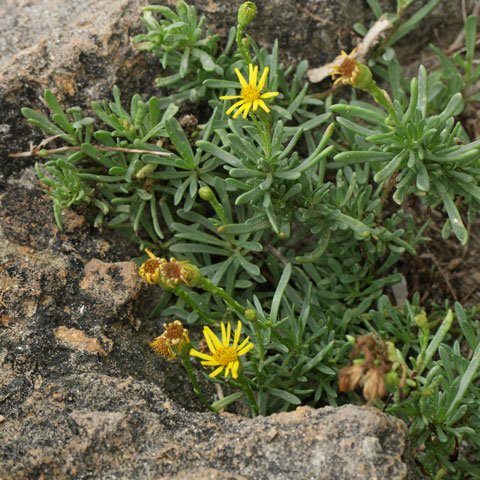 Limbarda crithmoides
Limbarda crithmoides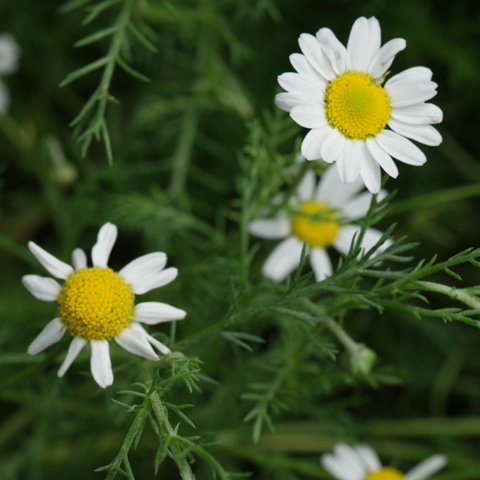 Matricaria chamomilla
Matricaria chamomilla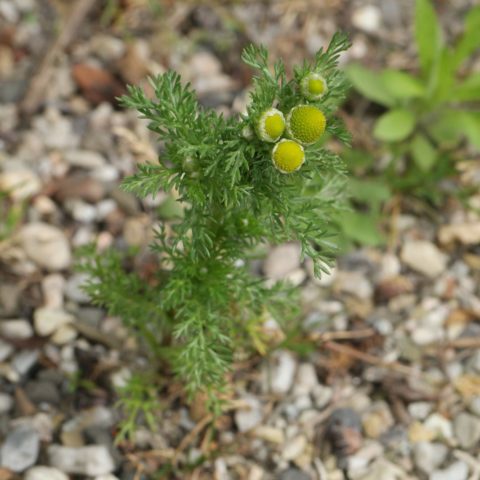 Matricaria discoidea
Matricaria discoidea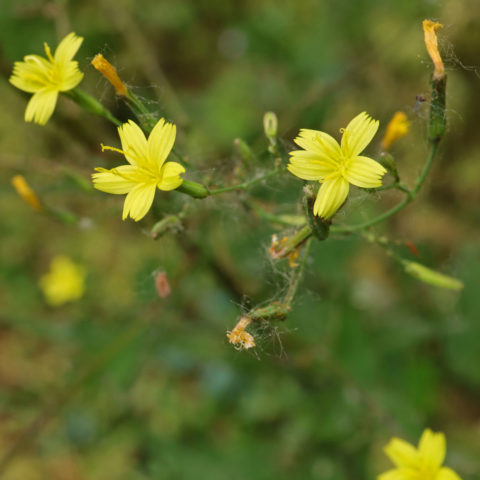 Mycelis muralis
Mycelis muralis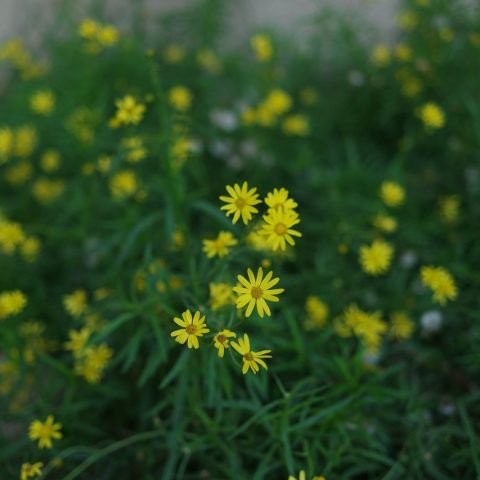 Narrow-Leaf Ragwort, South African Ragwort
Narrow-Leaf Ragwort, South African Ragwort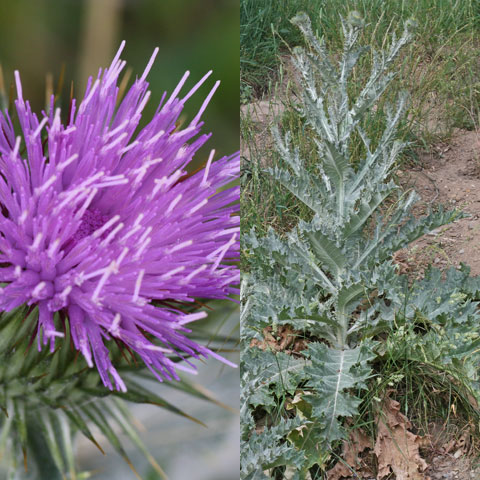 Onopordum acanthium
Onopordum acanthium Osteospermum “Sonja”
Osteospermum “Sonja” Osteospermum cv.
Osteospermum cv. Othonna triplinervia
Othonna triplinervia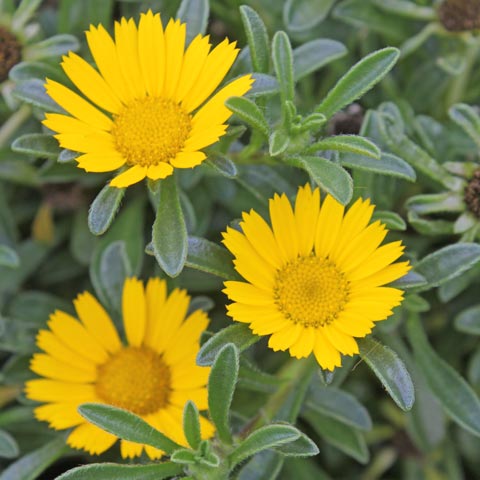 Pallenis maritima
Pallenis maritima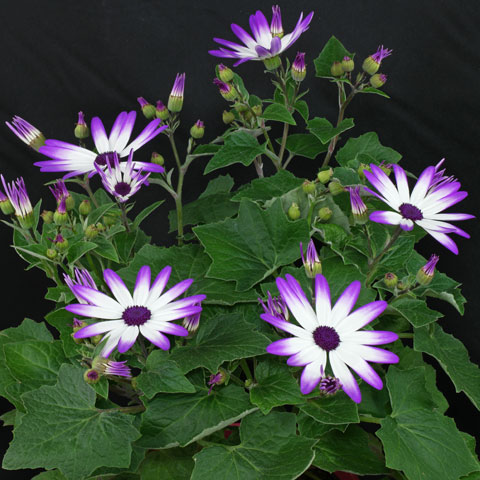 Pericallis “Senetti”
Pericallis “Senetti”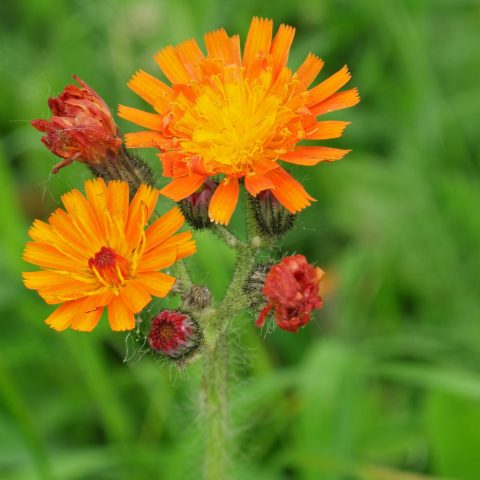 Pilosella aurantiaca
Pilosella aurantiaca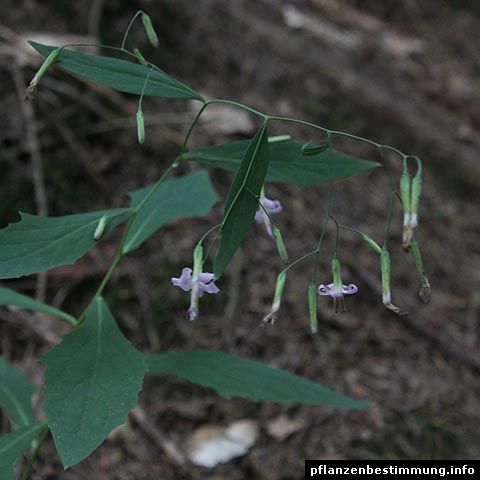 Prenanthes purpurea
Prenanthes purpurea Radicchio
Radicchio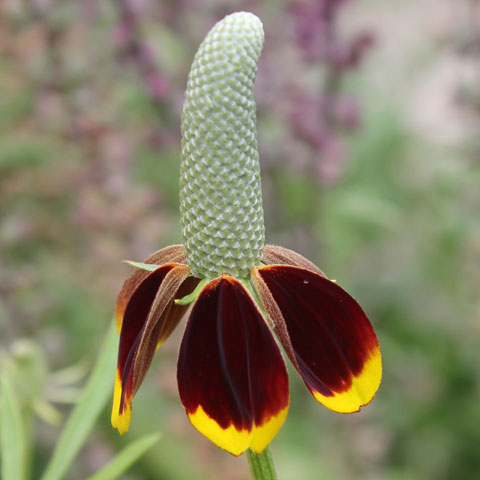 Ratibida columnifera
Ratibida columnifera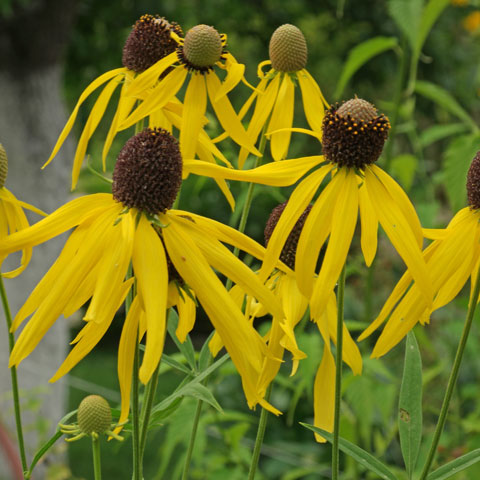 Ratibida pinnata
Ratibida pinnata Romaine Lettuce
Romaine Lettuce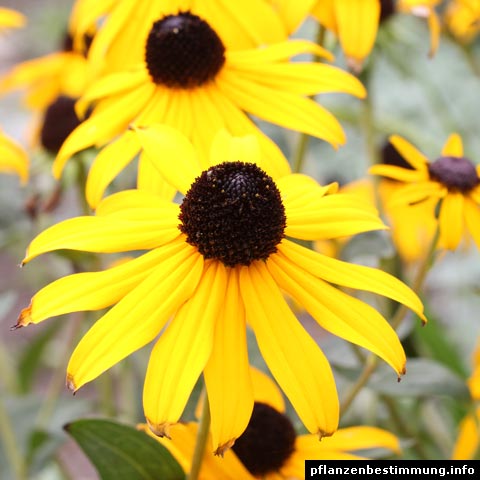 Rudbeckia fulgida
Rudbeckia fulgida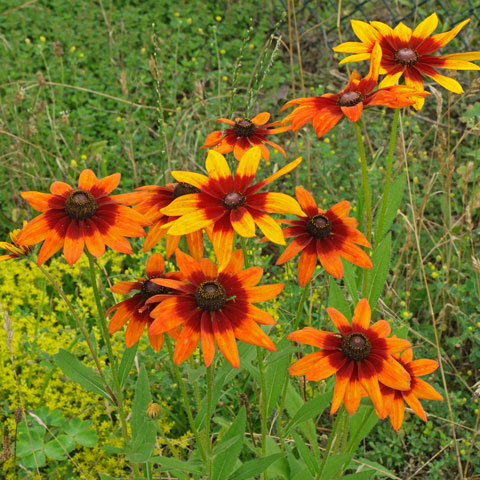 Rudbeckia hirta cv.
Rudbeckia hirta cv. Sanvitalia procumbens
Sanvitalia procumbens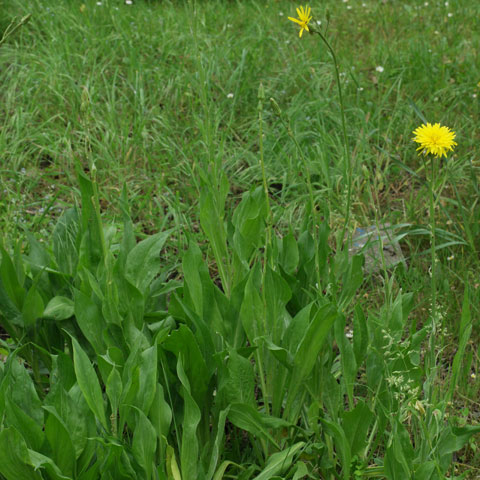 Scorzonera hispanica
Scorzonera hispanica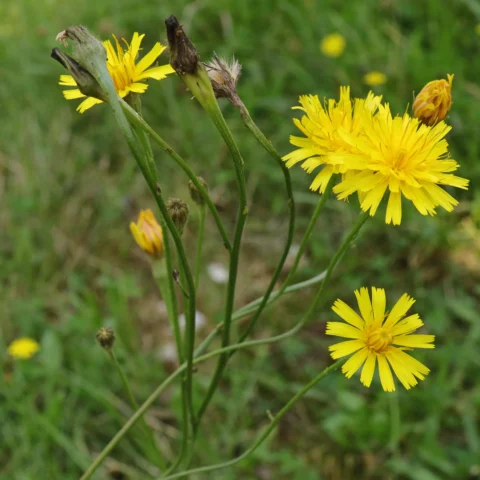 Scorzoneroides autumnalis
Scorzoneroides autumnalis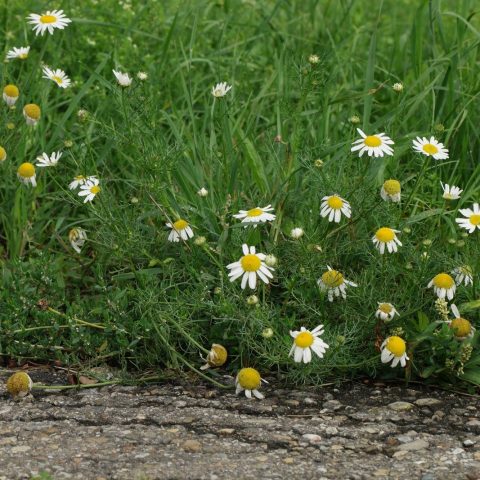 Sea Mayweed, Coastal Scentless Mayweed
Sea Mayweed, Coastal Scentless Mayweed Senecio barbertonicus
Senecio barbertonicus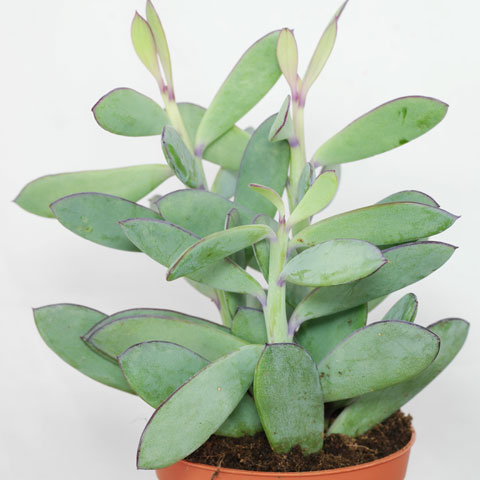 Senecio crassissimus
Senecio crassissimus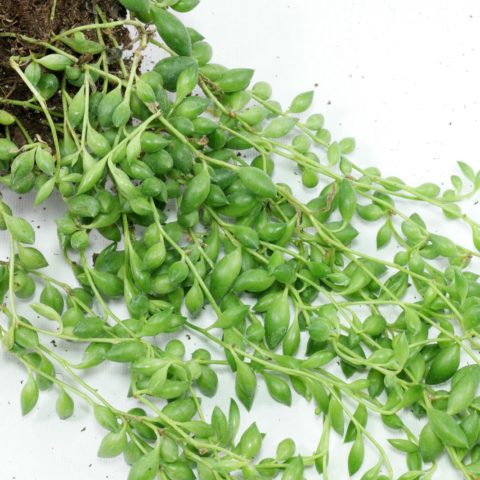 Senecio herreianus
Senecio herreianus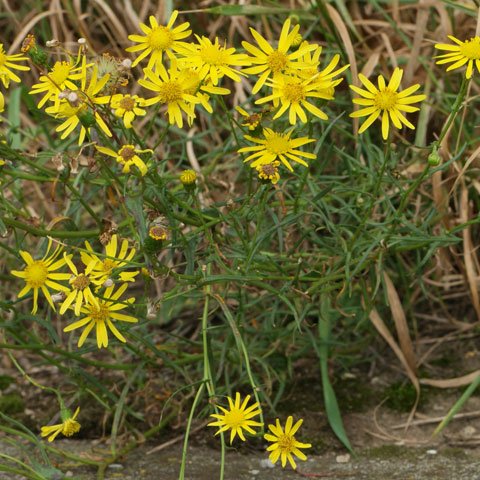 Senecio inaequidens
Senecio inaequidens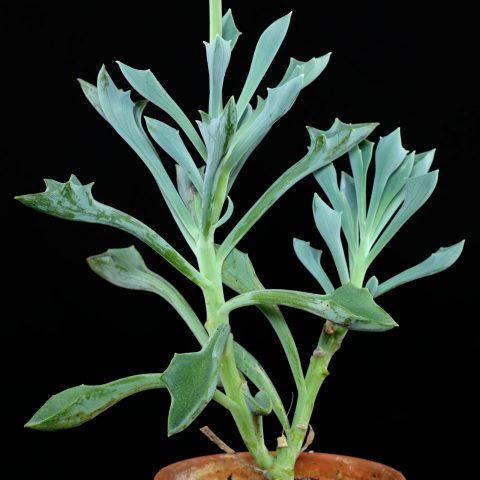 Senecio kleiniiformis
Senecio kleiniiformis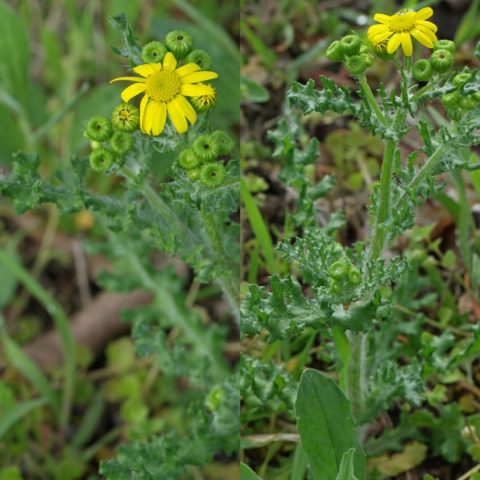 Senecio leucanthemifolius ssp. vernalis
Senecio leucanthemifolius ssp. vernalis Senecio rowleyanus
Senecio rowleyanus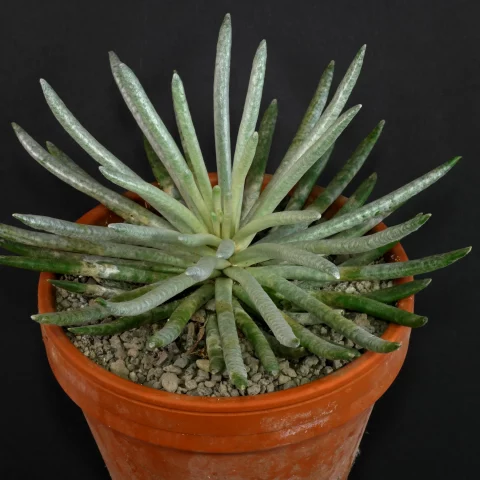 Senecio scaposus
Senecio scaposus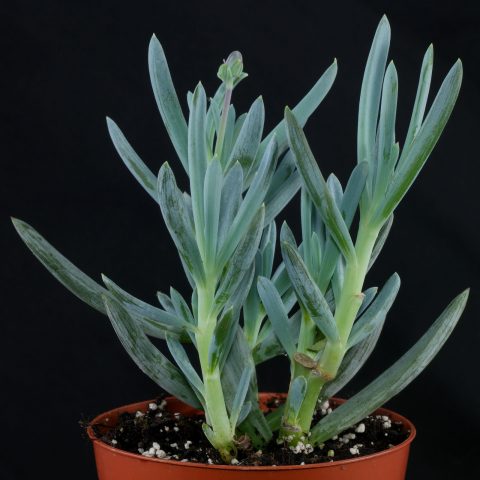 Senecio serpens
Senecio serpens Senecio vulgaris
Senecio vulgaris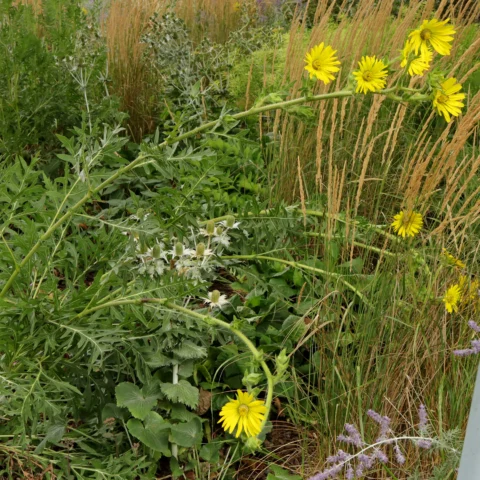 Silphium laciniatum
Silphium laciniatum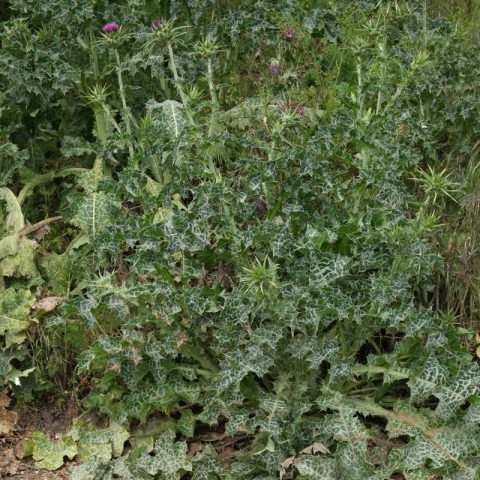 Silybum marianum
Silybum marianum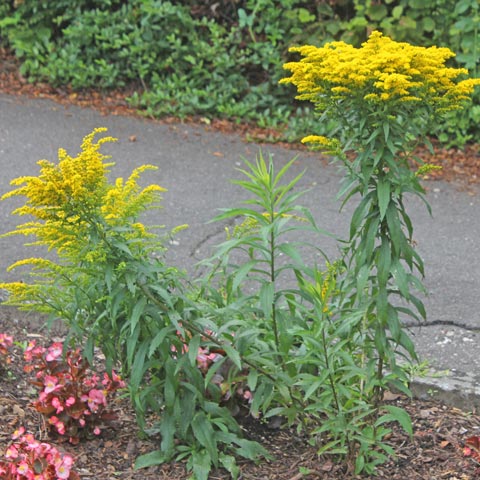 Solidago “Strahlenkrone”
Solidago “Strahlenkrone”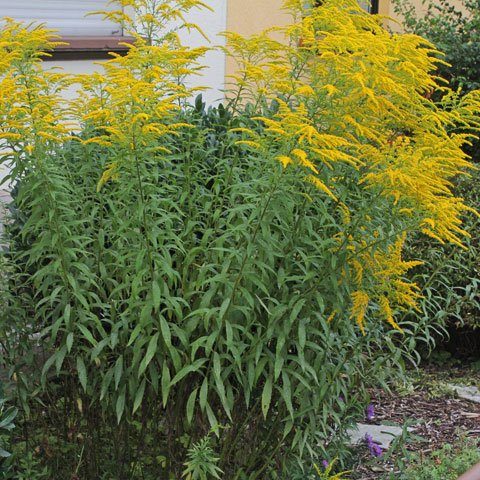 Solidago canadensis
Solidago canadensis Solidago virgaurea
Solidago virgaurea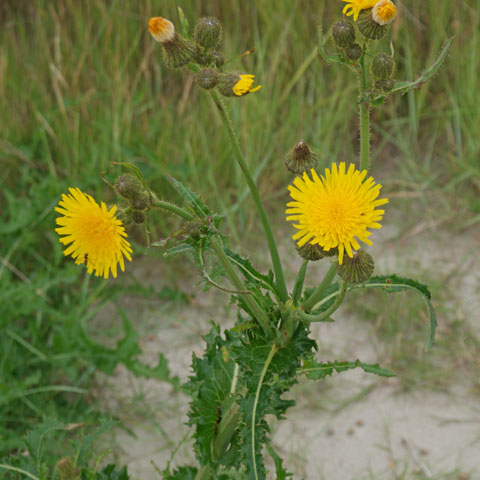 Sonchus arvensis
Sonchus arvensis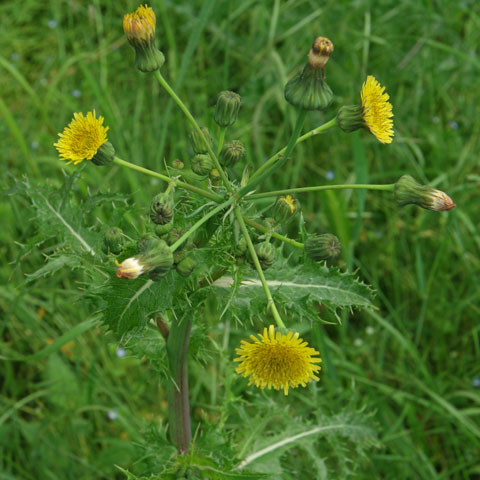 Sonchus asper
Sonchus asper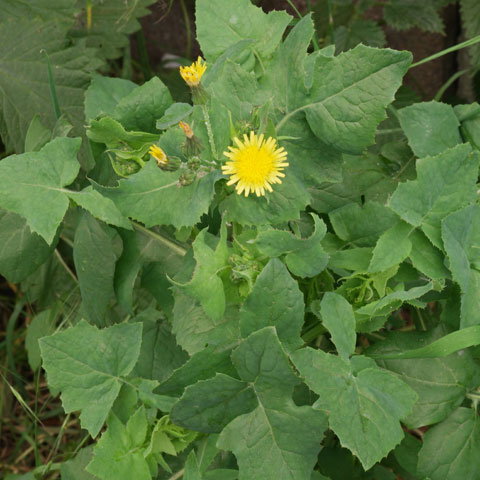 Sonchus oleraceus
Sonchus oleraceus Stevia rebaudiana
Stevia rebaudiana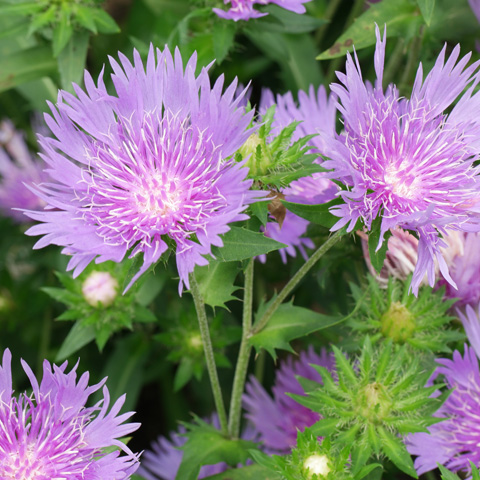 Stokesia laevis “Mels Blue”
Stokesia laevis “Mels Blue”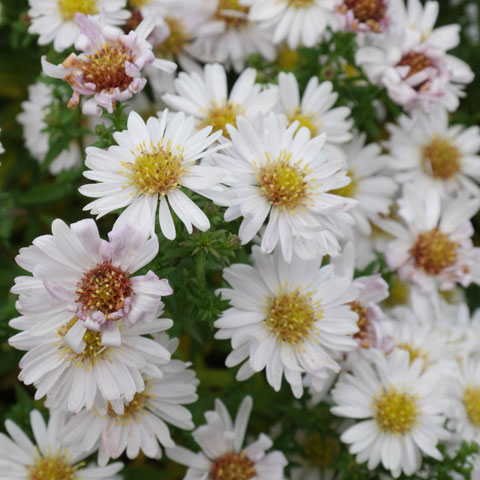 Symphyotrichum dumosum “Niobe”
Symphyotrichum dumosum “Niobe”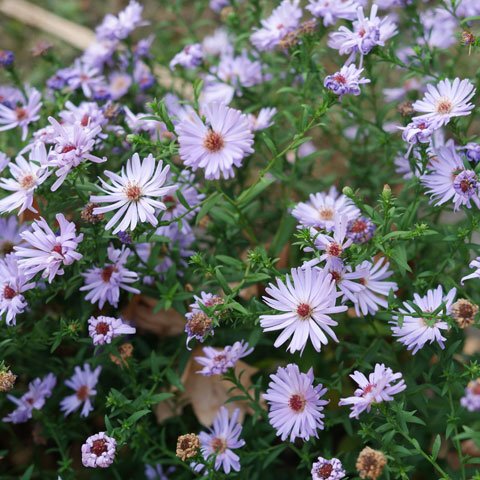 Symphyotrichum dumosum cv.
Symphyotrichum dumosum cv.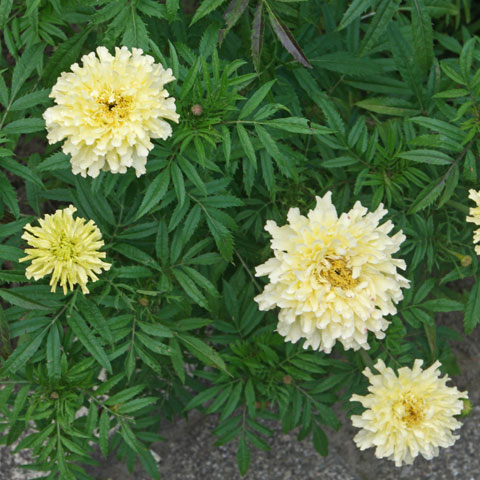 Tagetes erecta “Schneeball”
Tagetes erecta “Schneeball” Tagetes patula “Bonanza Yellow”
Tagetes patula “Bonanza Yellow” Tagetes patula “Disco Orange”
Tagetes patula “Disco Orange”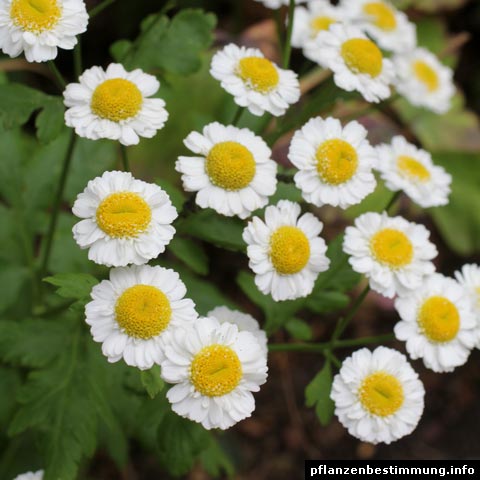 Tanacetum parthenium
Tanacetum parthenium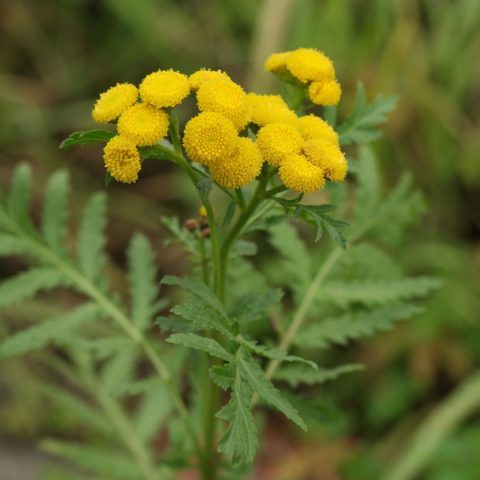 Tanacetum vulgare
Tanacetum vulgare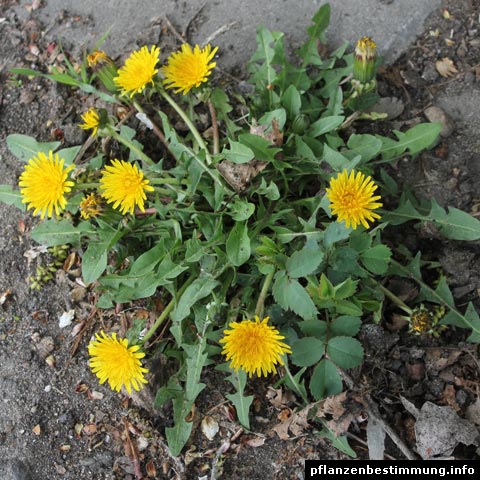 Taraxacum sect. Ruderalia
Taraxacum sect. Ruderalia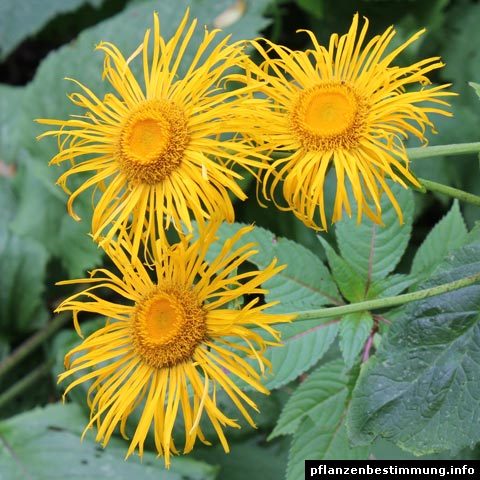 Telekia speciosa
Telekia speciosa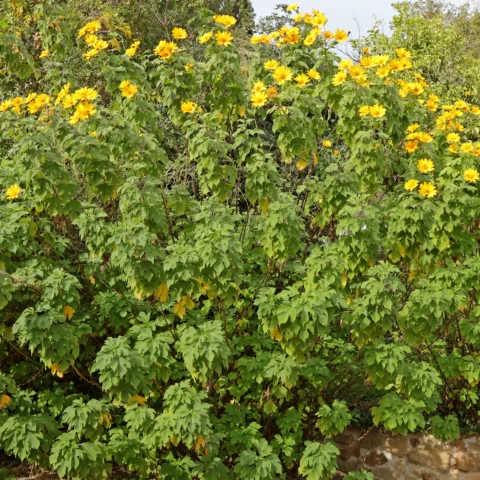 Tithonia diversifolia
Tithonia diversifolia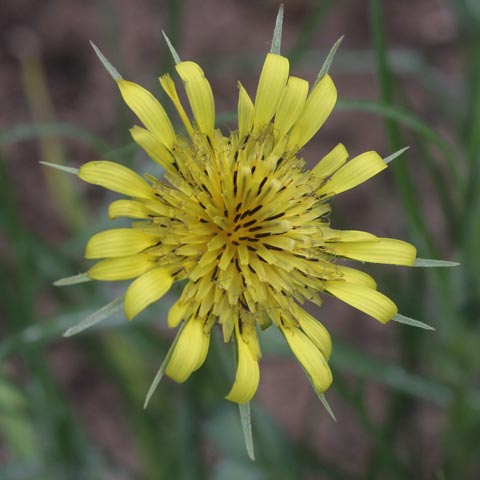 Tragopogon dubius
Tragopogon dubius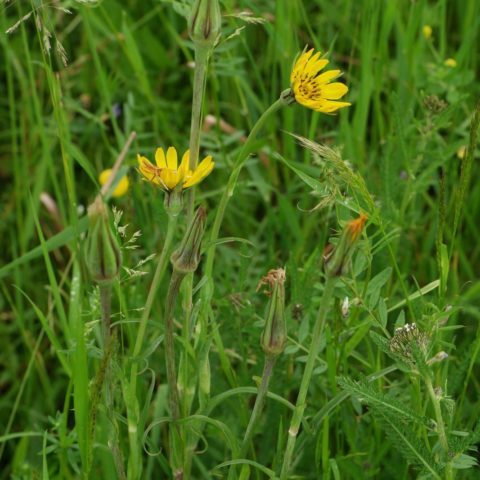 Tragopogon pratensis
Tragopogon pratensis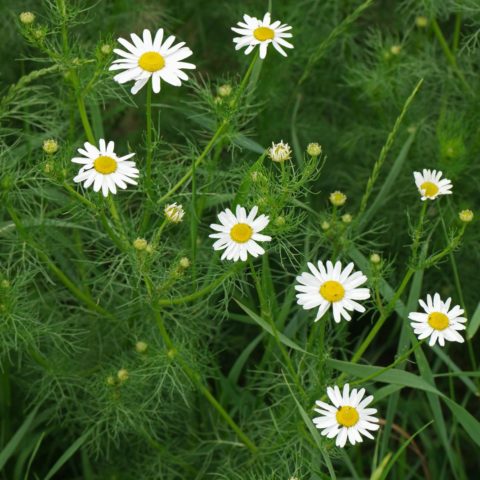 Tripleurospermum inodorum
Tripleurospermum inodorum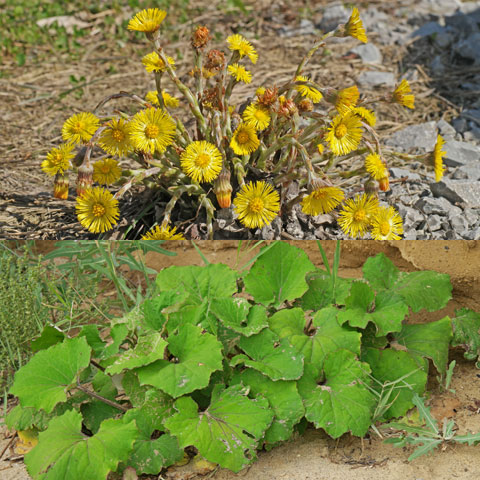 Tussilago farfara
Tussilago farfara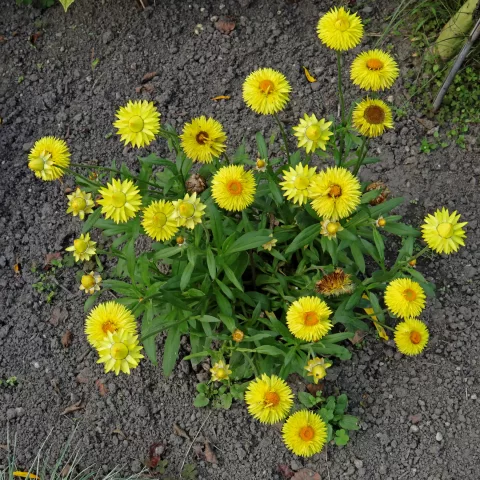 Xerochrysum bracteatum cv.
Xerochrysum bracteatum cv. Zinnia violacea cv.
Zinnia violacea cv.